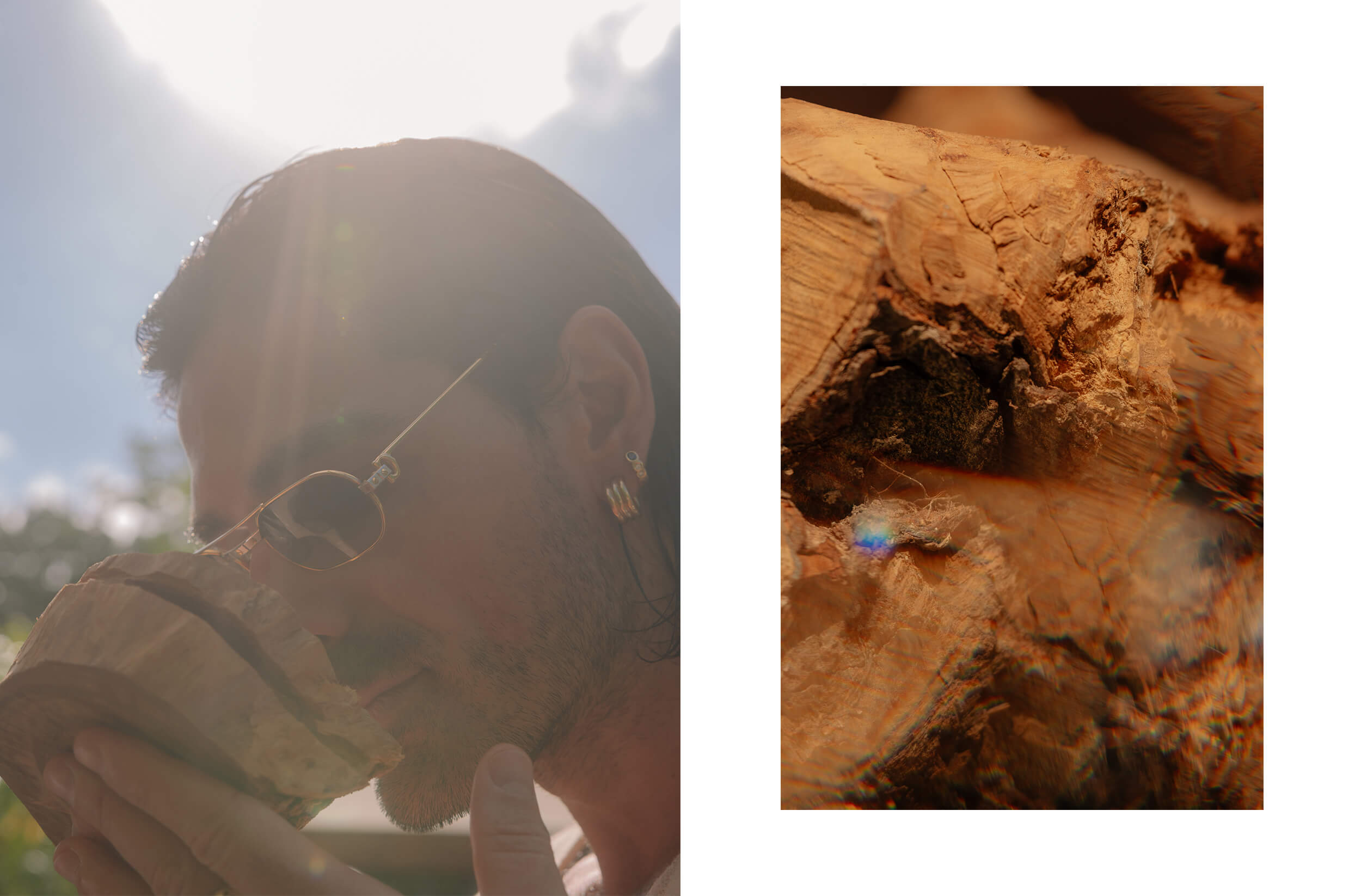Traveling is the very essence of life. Life is movement, constant movement – and that is exactly how one travels, sometimes with the body, sometimes only with the mind.
But ideas travel too. So do creativity and time. Even elements travel, until they find the right place, when they realize it’s time to stop – or when someone captures them. And by capturing, owning, and transforming them, one can create something truly unique, something that can evolve in a thousand different ways while always remaining at the core of everything. In this case, we’re talking about a natural element used in perfumery – one that Chanel has turned into an expressive force.
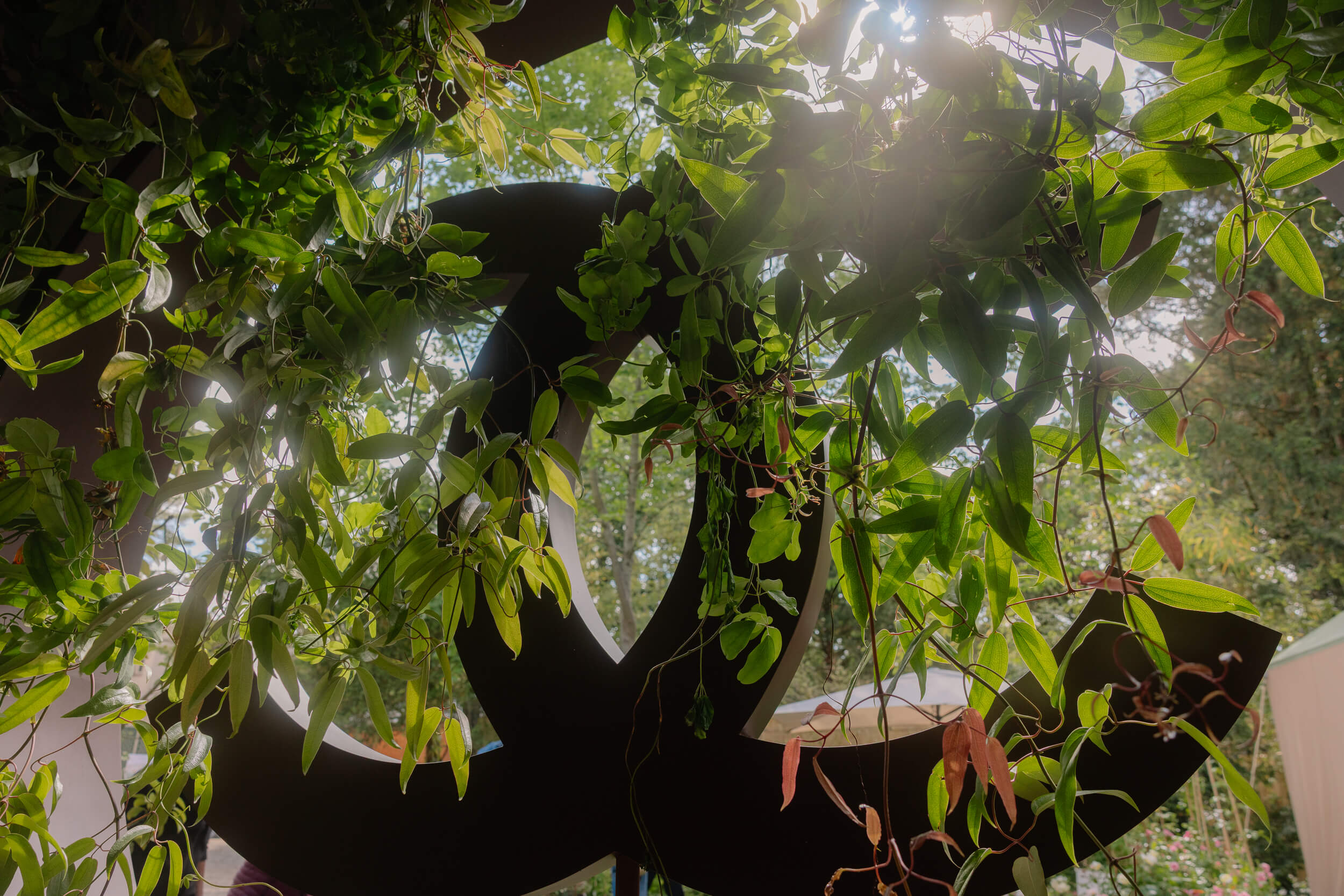
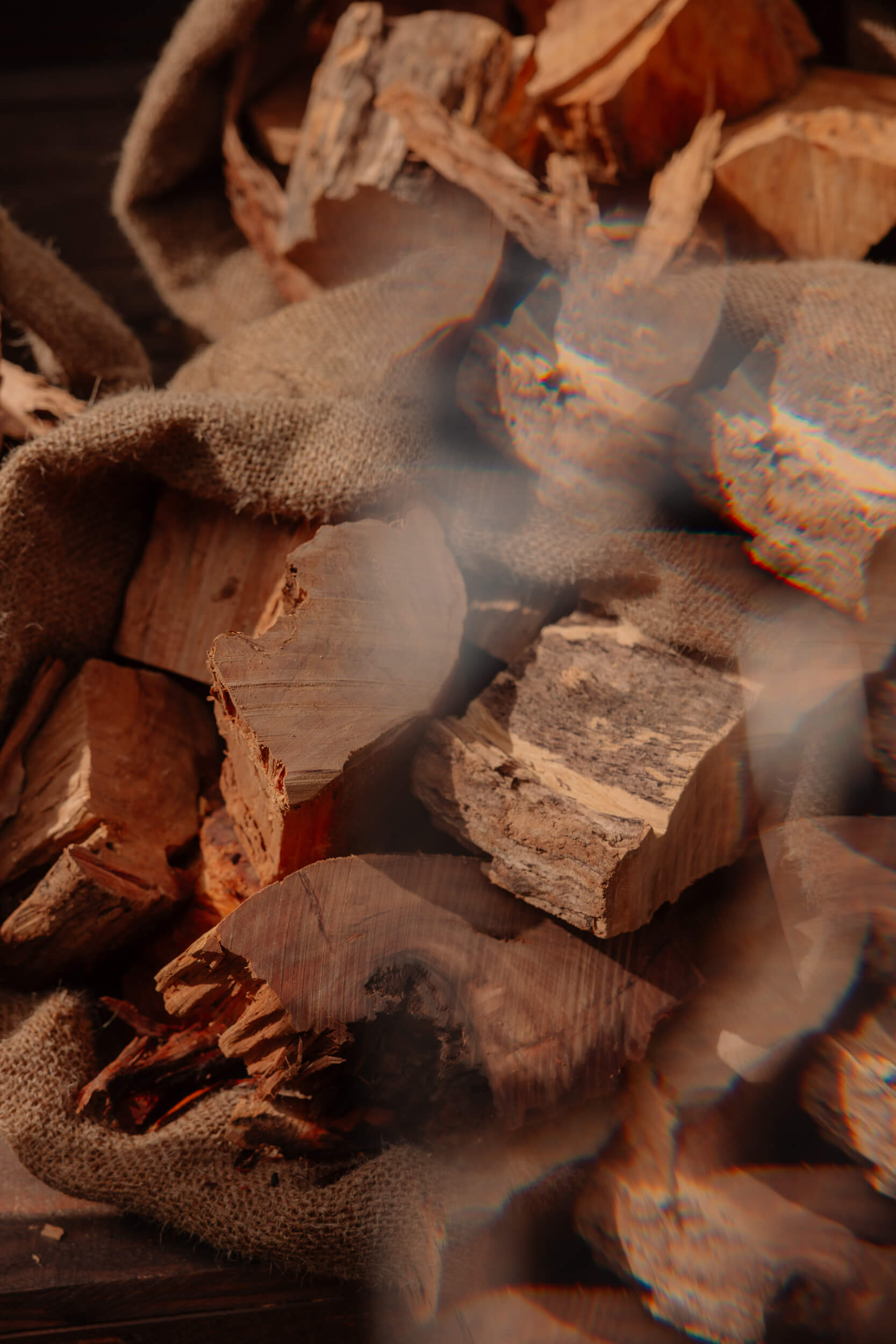
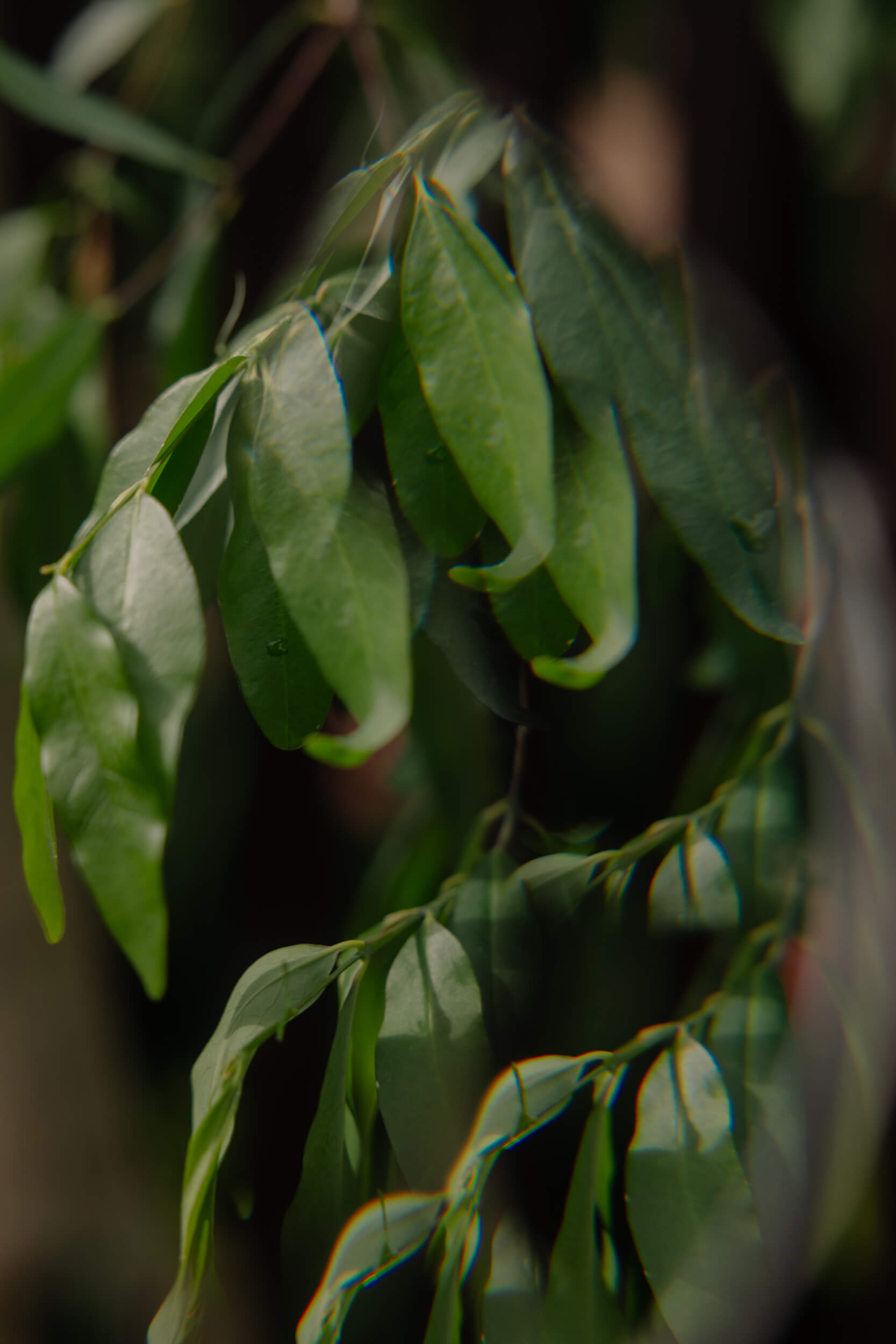
But let’s take a few steps back. Let’s return to the beginning of the journey.
Chanel brings us, every day, in mind and heart, to Paris. With its unmistakable allure and timeless charm, it revives all those images that make Chanel what it is.
This time, however, we really went to Paris – drawn in by the appeal of a new adventure and accompanied by Chanel Beauty to discover a magical place. It was there we were introduced to an ingredient that, together with the Maison, embarked on a journey – a journey that seems never-ending: sandalwood.
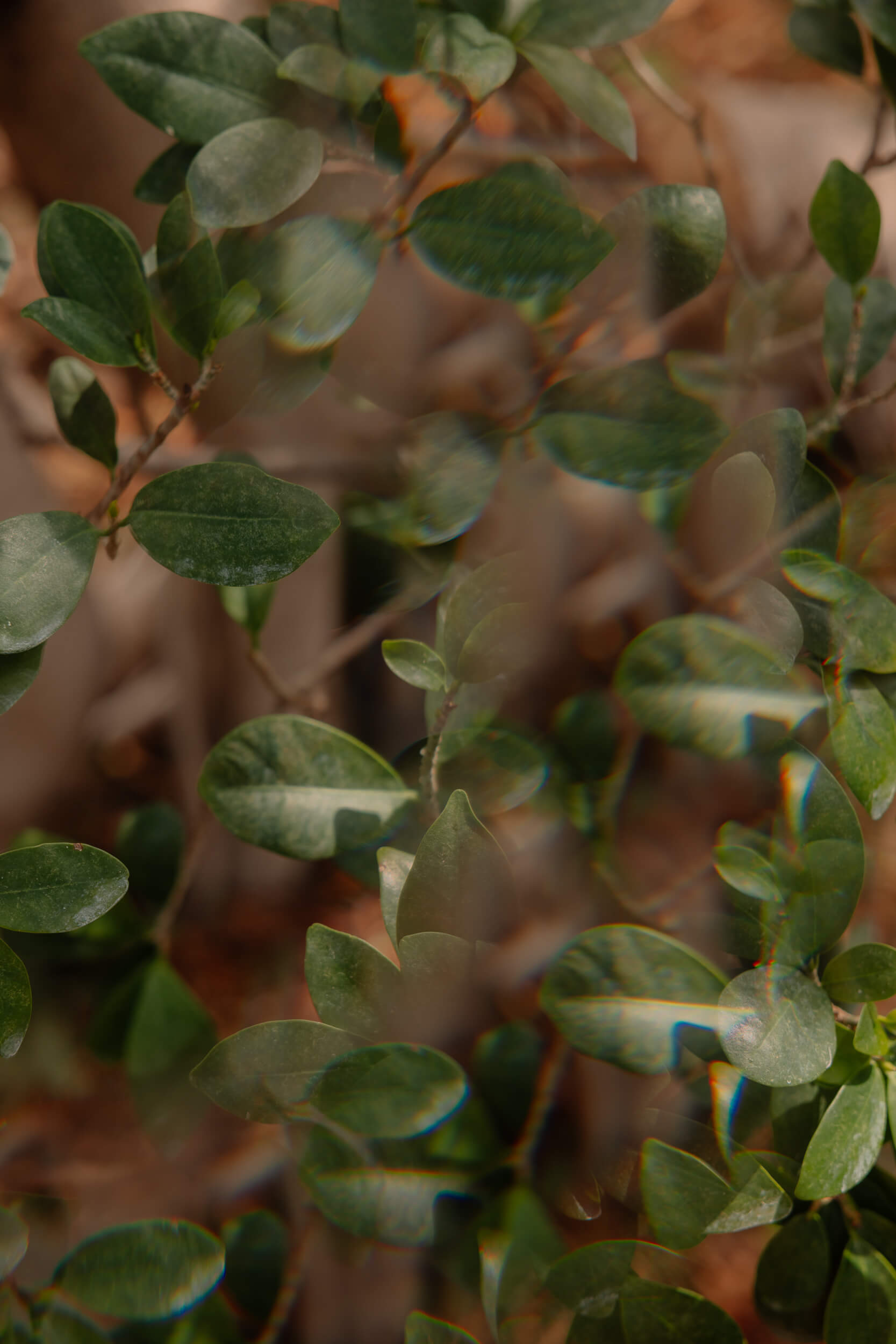

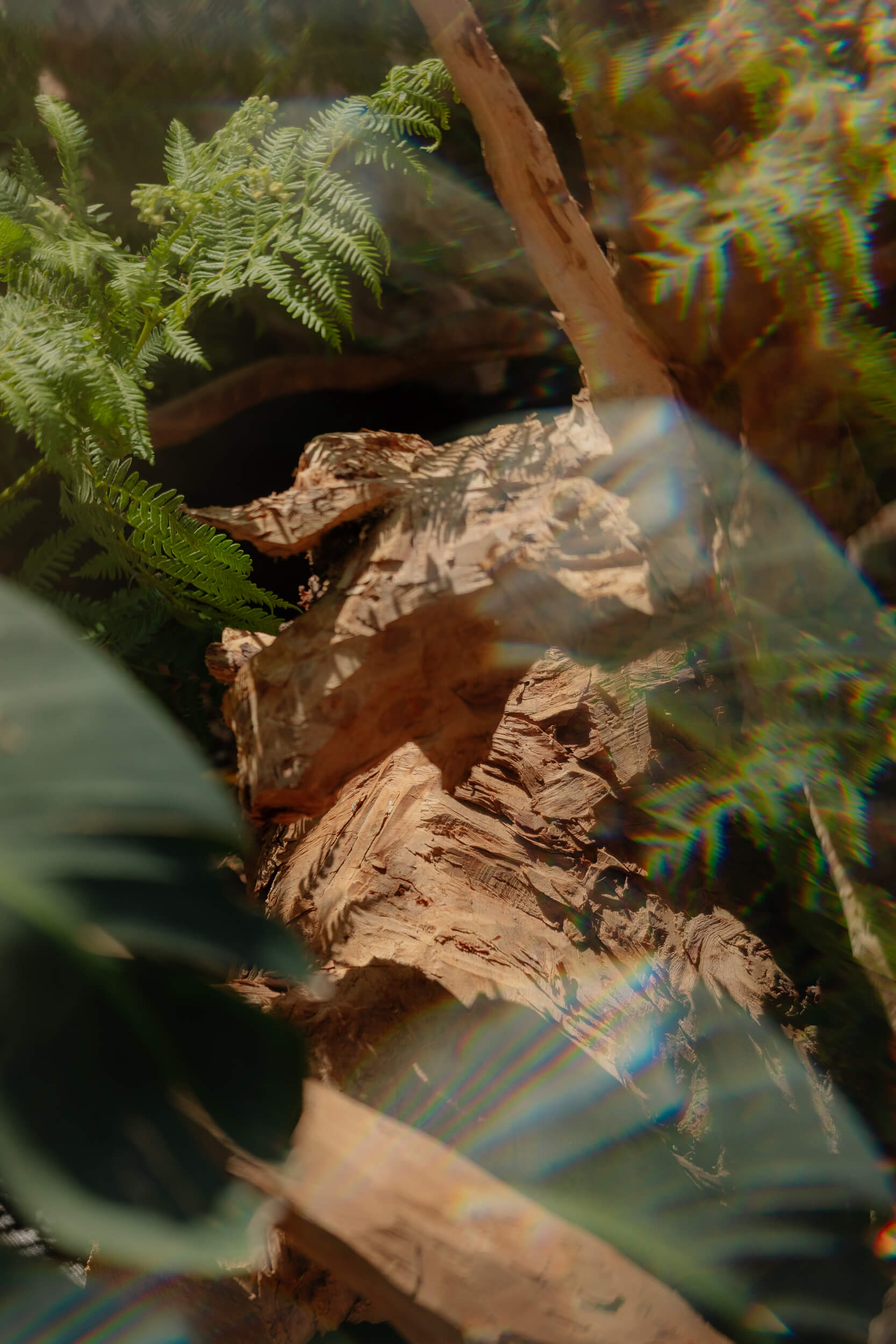
We went to Paris with Giotto Calendoli, artist and designer of Handle With Freedom, who gave form and voice to the sensations this ingredient evokes, and who joined us in exploring all of Chanel’s creations that feature sandalwood as a key ingredient.
In Paris – more precisely, at Jardins Jardin – Chanel presented its exhibition: Le Santal de Chanel. Here, we walked with Giotto through a path that revealed this marvellous ingredient and how the Maison has made it its own.
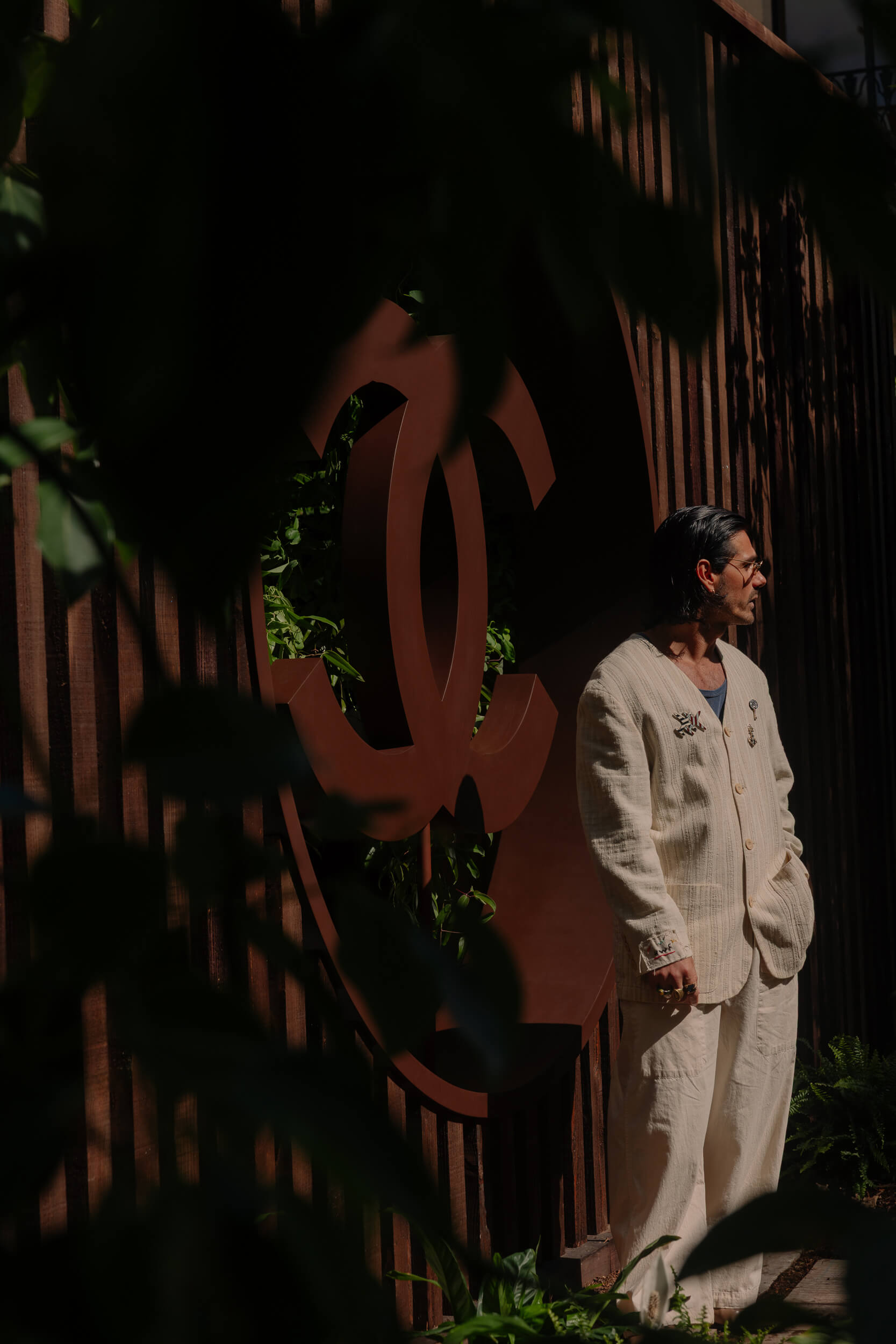
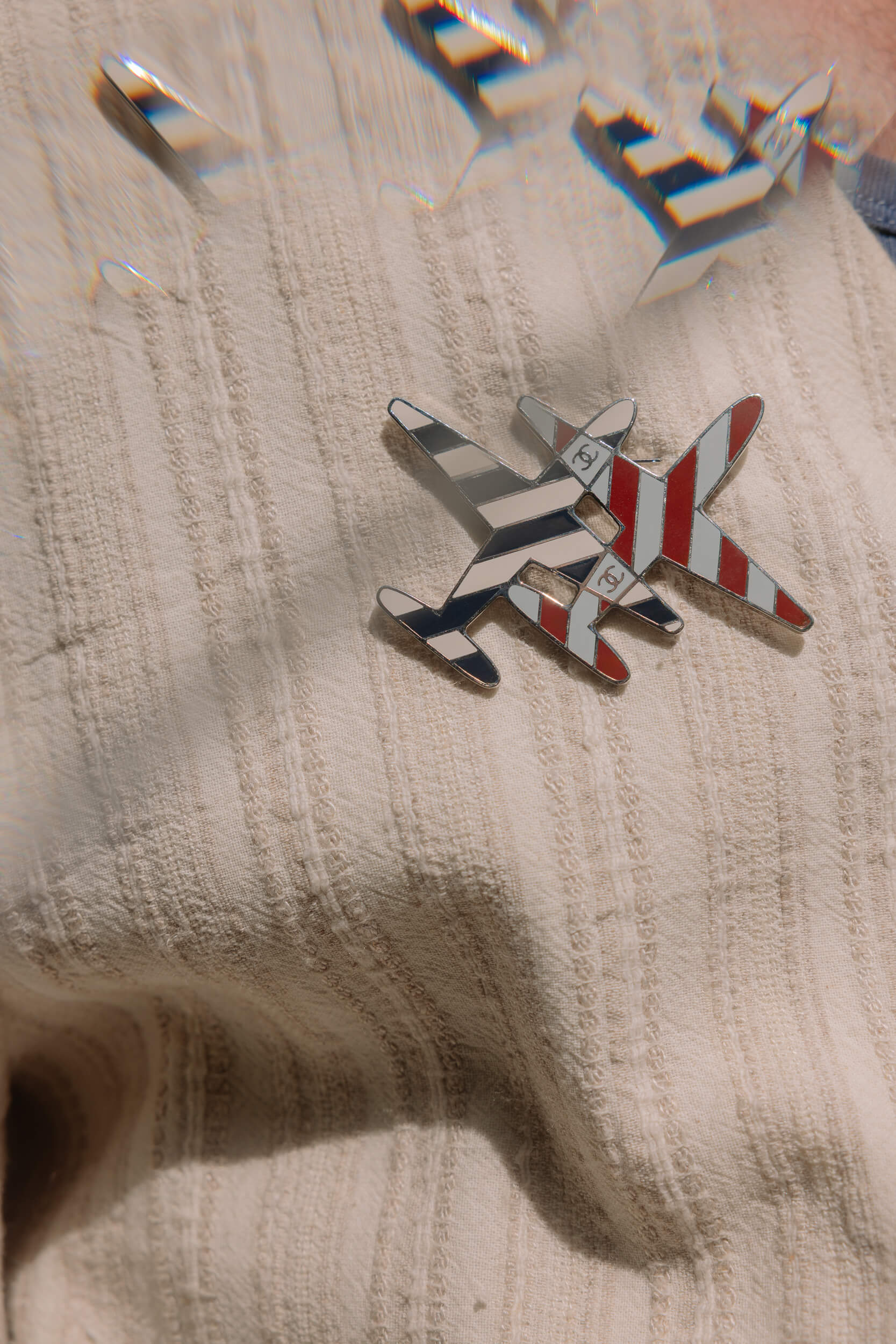
Sandalwood is a small tree with an elegant silhouette, a slim trunk rising proudly, with delicate green leaves always reaching for the light. At first glance, we would never imagine it to be one of the most precious woods in the world, hidden deep in the forests of Asia and Oceania. Yet sandalwood has been a prized resource for millennia – likely burned in ceremonies as early as prehistoric times and used in ancient Egypt for embalming. In antiquity, it was praised for both its fragrance and medicinal properties. A sacred tree in Asia, particularly in India and China, its wood was carved or burned as incense. Since the 19th century, modern perfumery has distilled it to reveal its creamy, velvety notes.
Native to India, where it dates back over 70 million years, the tree spread gradually – thanks to birds and the migratory movements of prehistoric peoples – across India and the islands of the Pacific. In New Caledonia, specifically on the island of Maré, Santalum austrocaledonicum offers exceptional olfactory qualities: its woody, yet soft and milky notes make Maré’s sandalwood extract both complex and captivating.
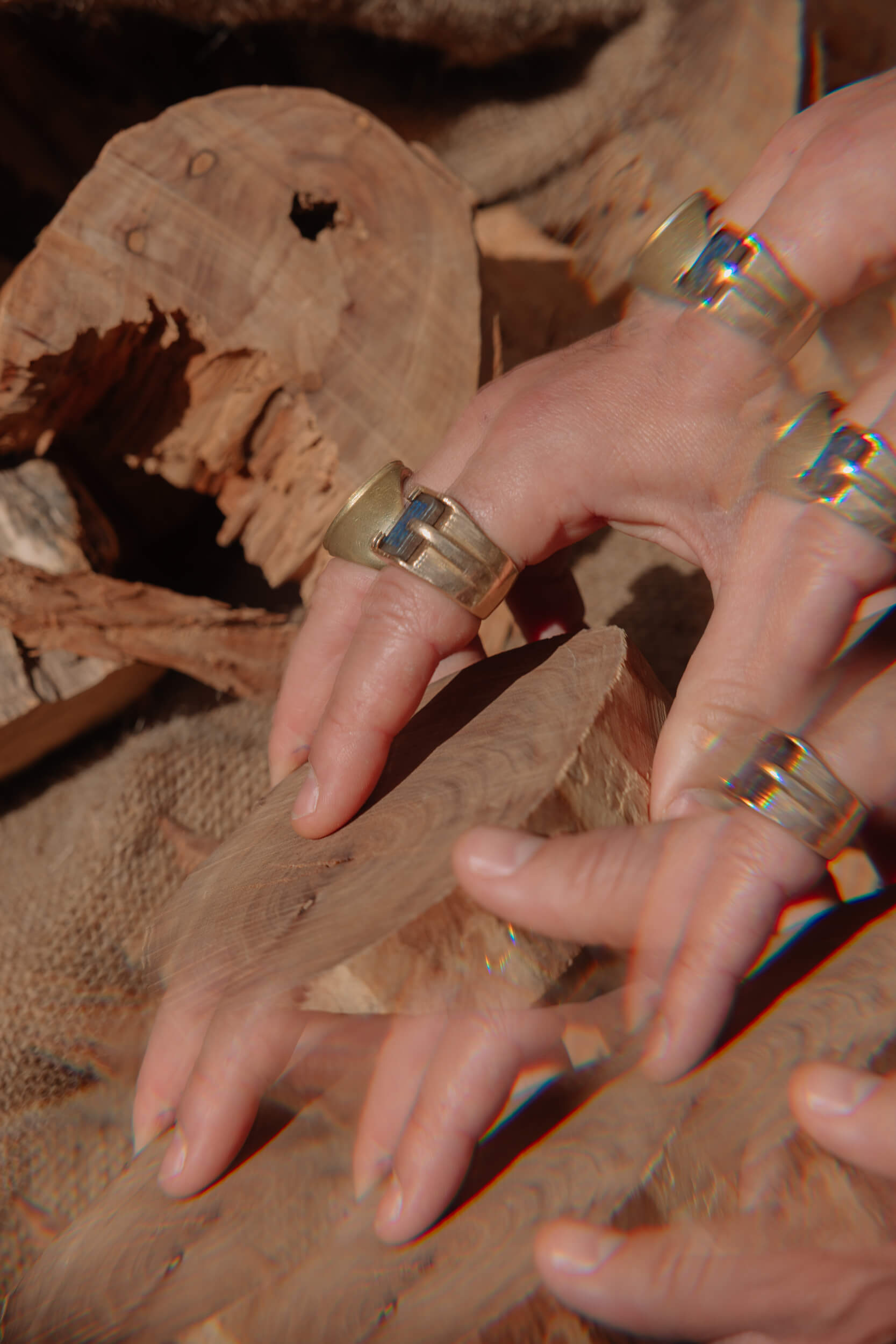
“At first glance, we would never imagine it to be one of the most precious woods in the world…”
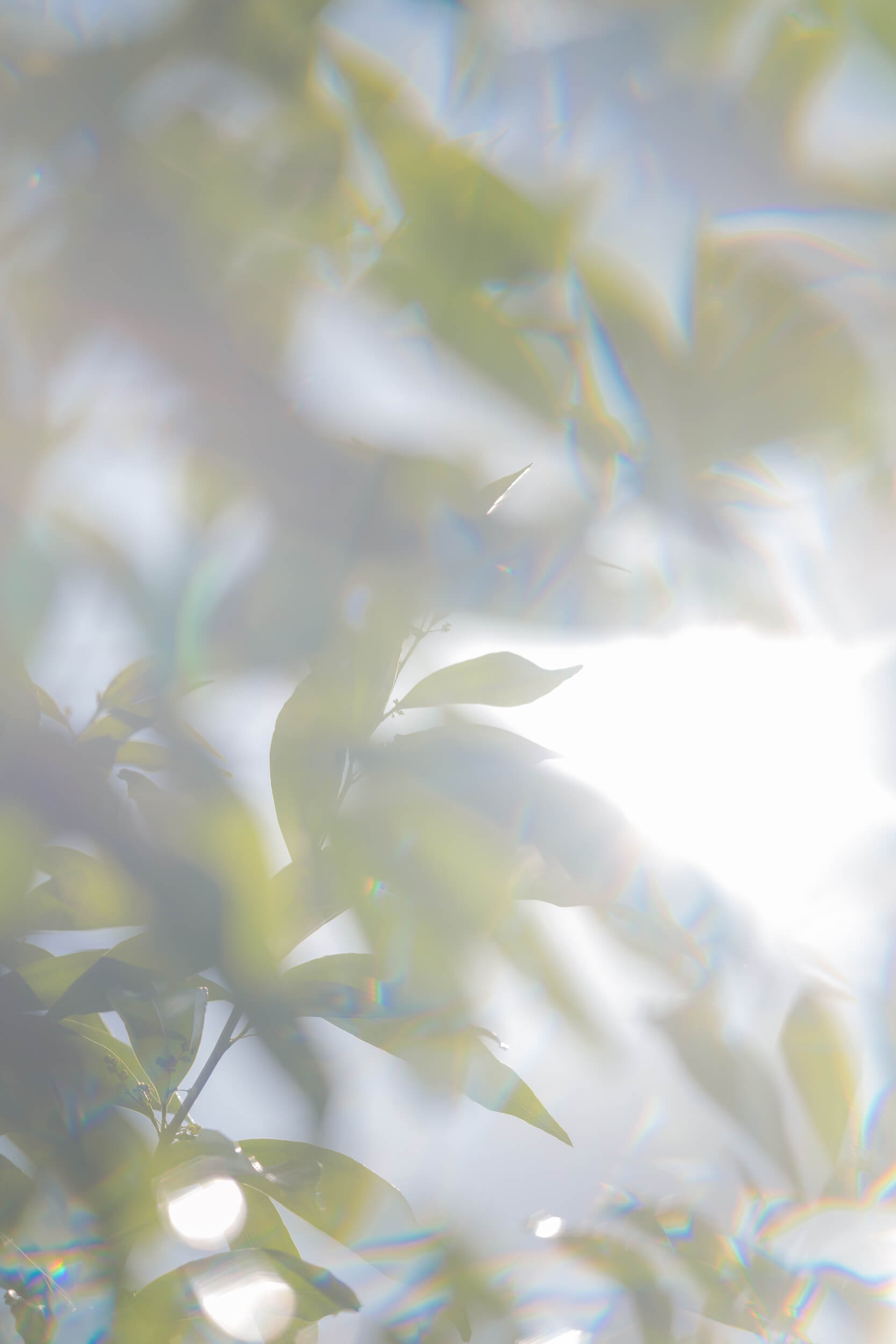
The island’s mostly forested territory belongs to the Kanak tribes, the indigenous people of the Pacific. In Maré’s forests – as in all of New Caledonia – sandalwood became rare by the 1980s. Fortunately, strict local regulations prevented the depletion of this natural, wild resource. In Maré, the Takone cooperative – run entirely by the Kanak and exclusive partner of Chanel – ensures rigorous compliance with these rules.
Today, sandalwood harvesting in Maré is limited to 250 trees per year, and that’s not all: each tree must follow a specific protocol. It is identified, numbered, and registered via GPS geolocation. Samples are analysed in the local laboratory at the distillation facility. If the olfactory quality is not satisfactory, the tree is left untouched; if all conditions are met, it may be harvested.
To ensure sustainability, the law requires planting three new trees for every one cut down. Chanel plants 30.
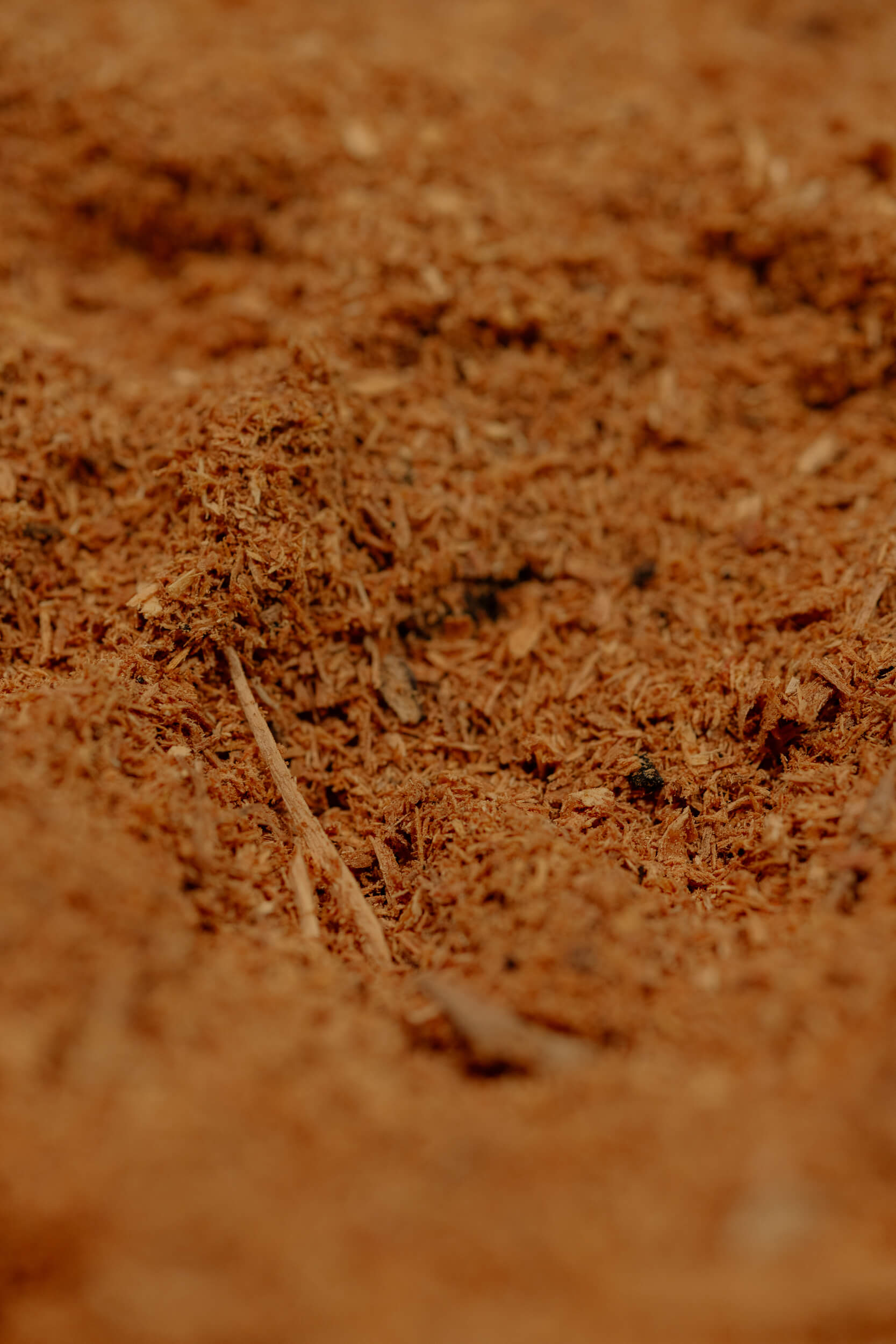
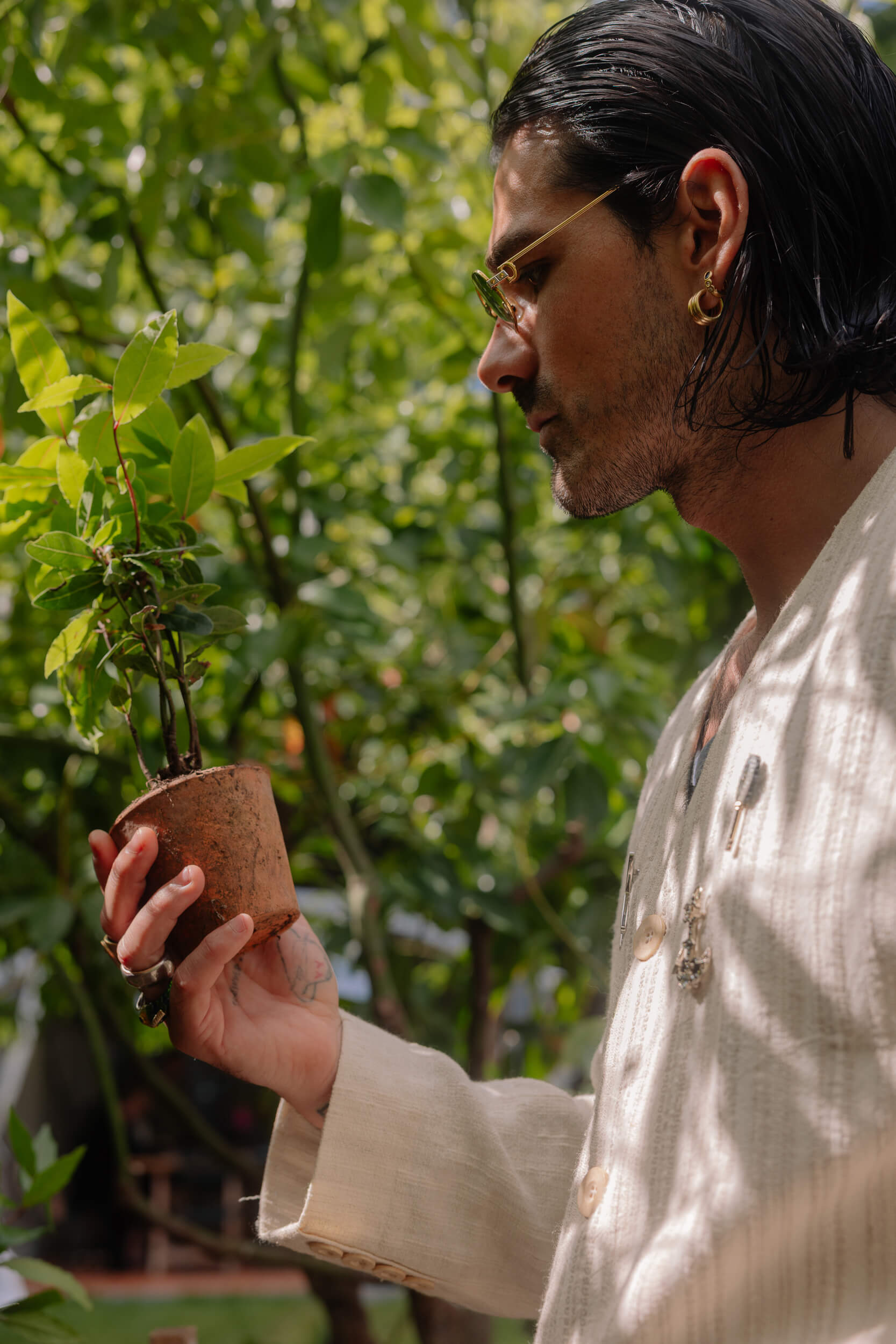
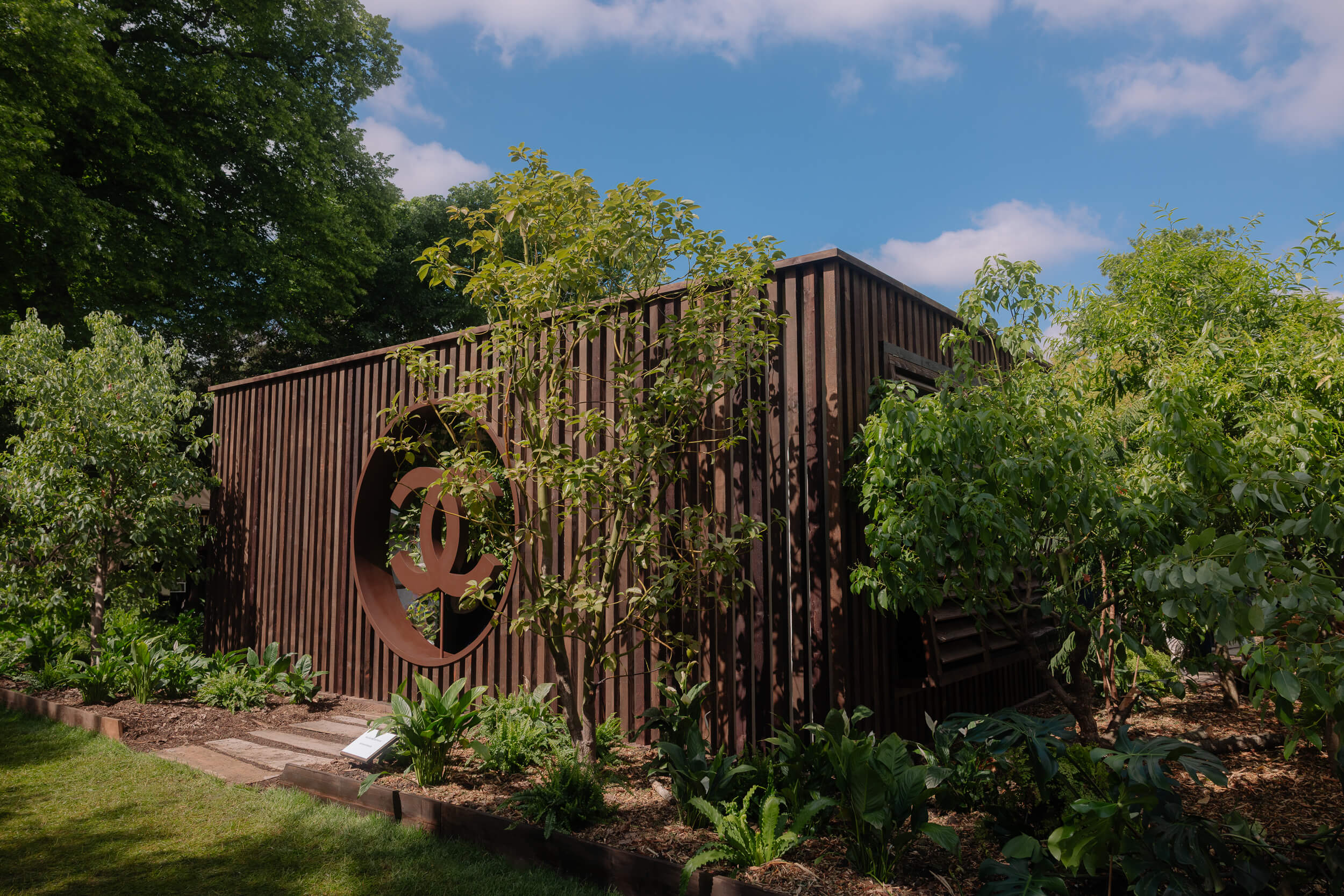
Takone is thus committed not only to protecting sandalwood, but also to supporting the island’s people: to access the land and cut a tree, permission must be granted by the local chiefs and land-owning clans. The landowner is fairly compensated. Moreover, anyone wishing to plant new trees receives free saplings to grow independently.

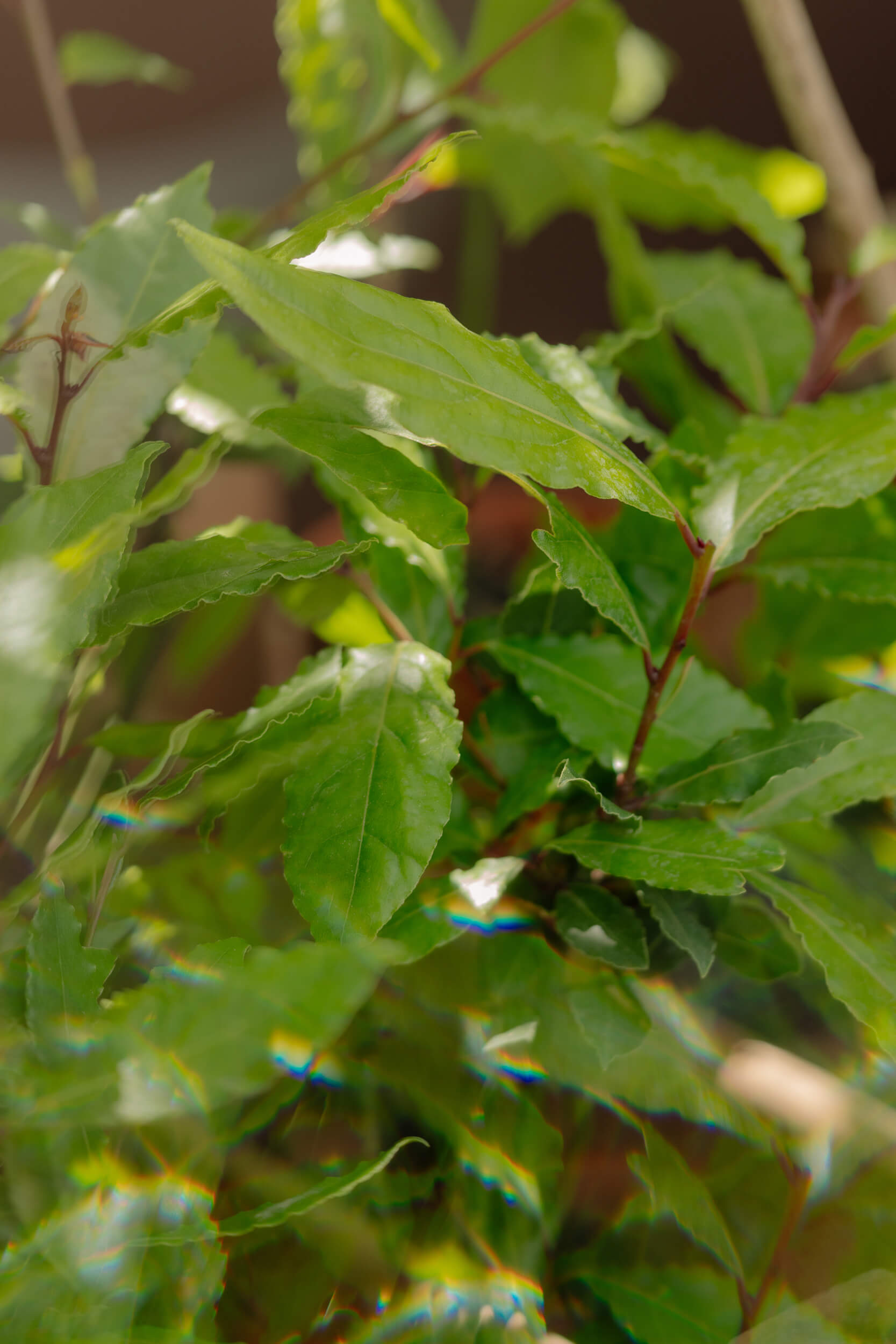
Olivier Polge, perfumer for the Maison, had this to say about sandalwood:
“In Western culture, we identify four main woody notes: patchouli, vetiver, cedarwood, and, of course, sandalwood. Unlike patchouli or vetiver, sandalwood needs about thirty years to develop its most interesting olfactory properties. It is, in fact, a rare and precious resource in the world of perfumery. A noble wood.”
Sandalwood is therefore a discreet ingredient, described as a “quiet material.” Yet despite this, it plays a fundamental role in complex compositions: its notes are round, warm, enveloping – giving body and depth.
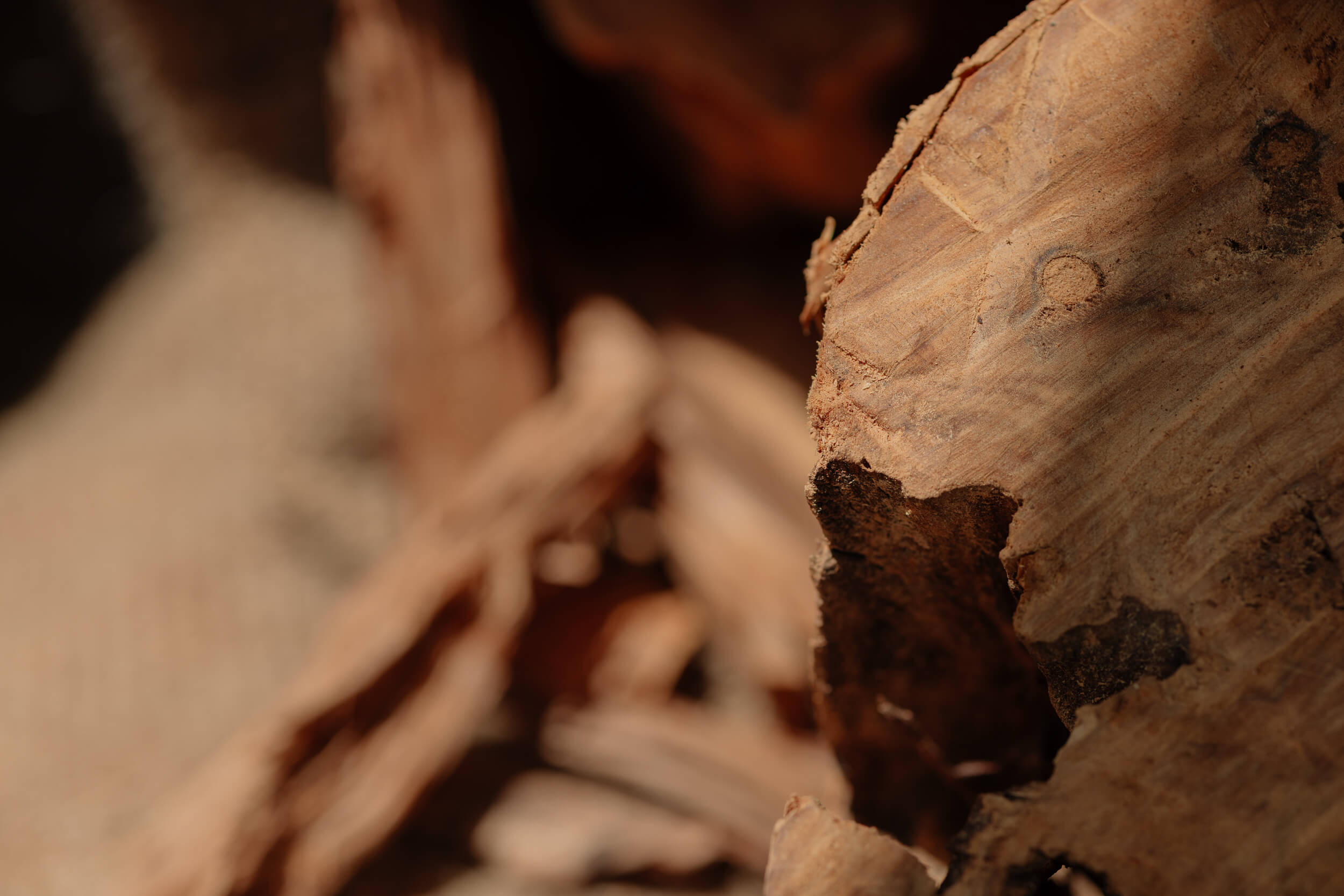
“A rare and precious resource in the world of perfumery. A noble wood.”

Sandalwood holds an important place in Chanel’s perfume legacy, beginning with the Maison’s most iconic fragrance: Chanel N°5. In this legendary scent, sandalwood is part of the extrait composition.
Though floral notes dominate, the base notes of sandalwood are crucial in giving this icon its unmistakable character. The floral bouquet – centered around May rose and jasmine – is bright and lively thanks to its top notes. Aldehydes bring a unique presence, while a soft touch of vanilla adds a sensual memory.
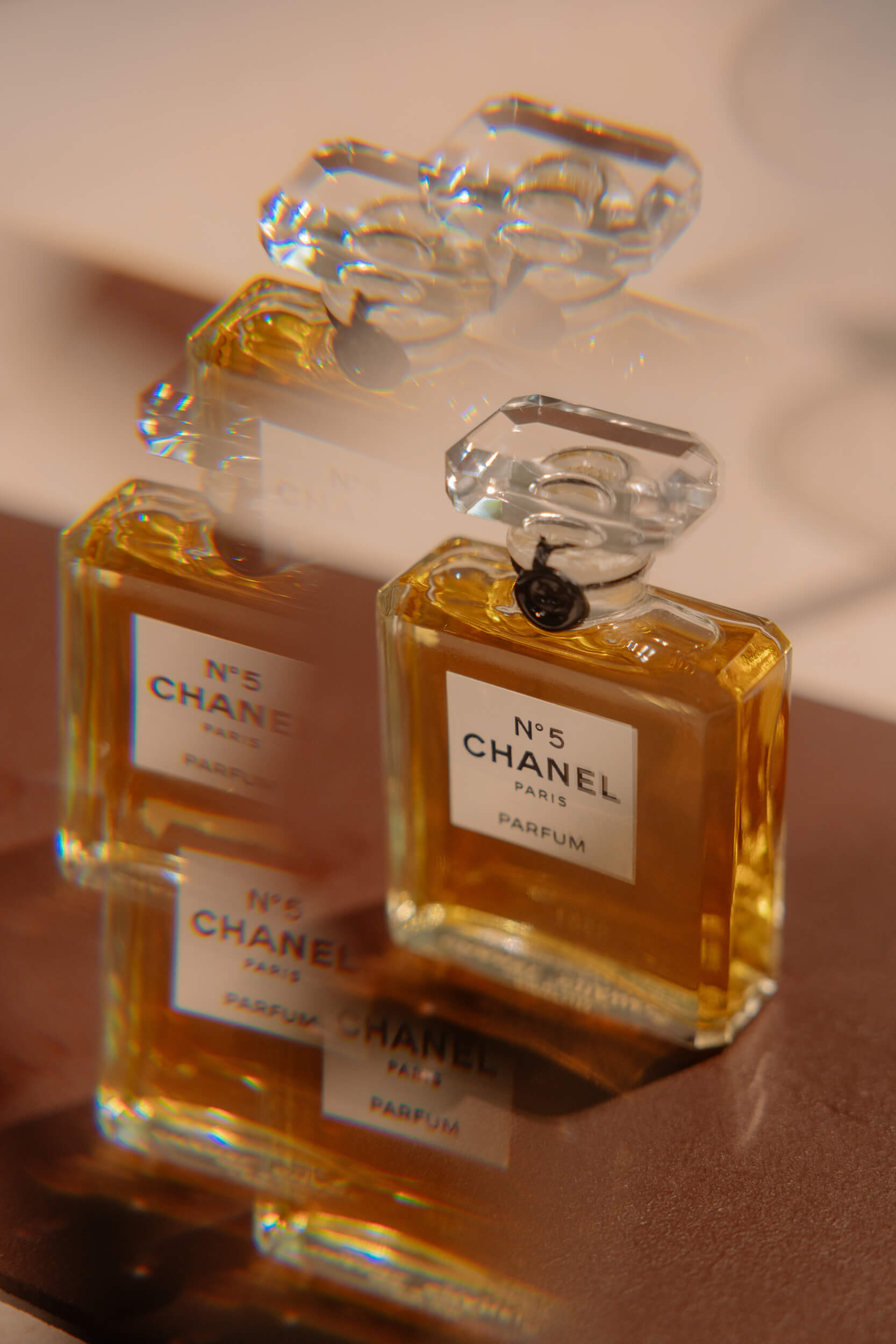
Even more prominently, sandalwood takes center stage in Bois des Iles, formulated in the 1920s.
With the passionate rhythm of jazz and the java dance fuelling the nights of the Roaring Twenties, Coco Chanel imagined a sensual and spicy perfume, evoking calm, mysterious waters of distant islands, languid flowers, and opiate-like scents. Bois des Iles is indeed characterized by a sensual and spicy accord of New Caledonian sandalwood, ylang-ylang, and tonka bean.
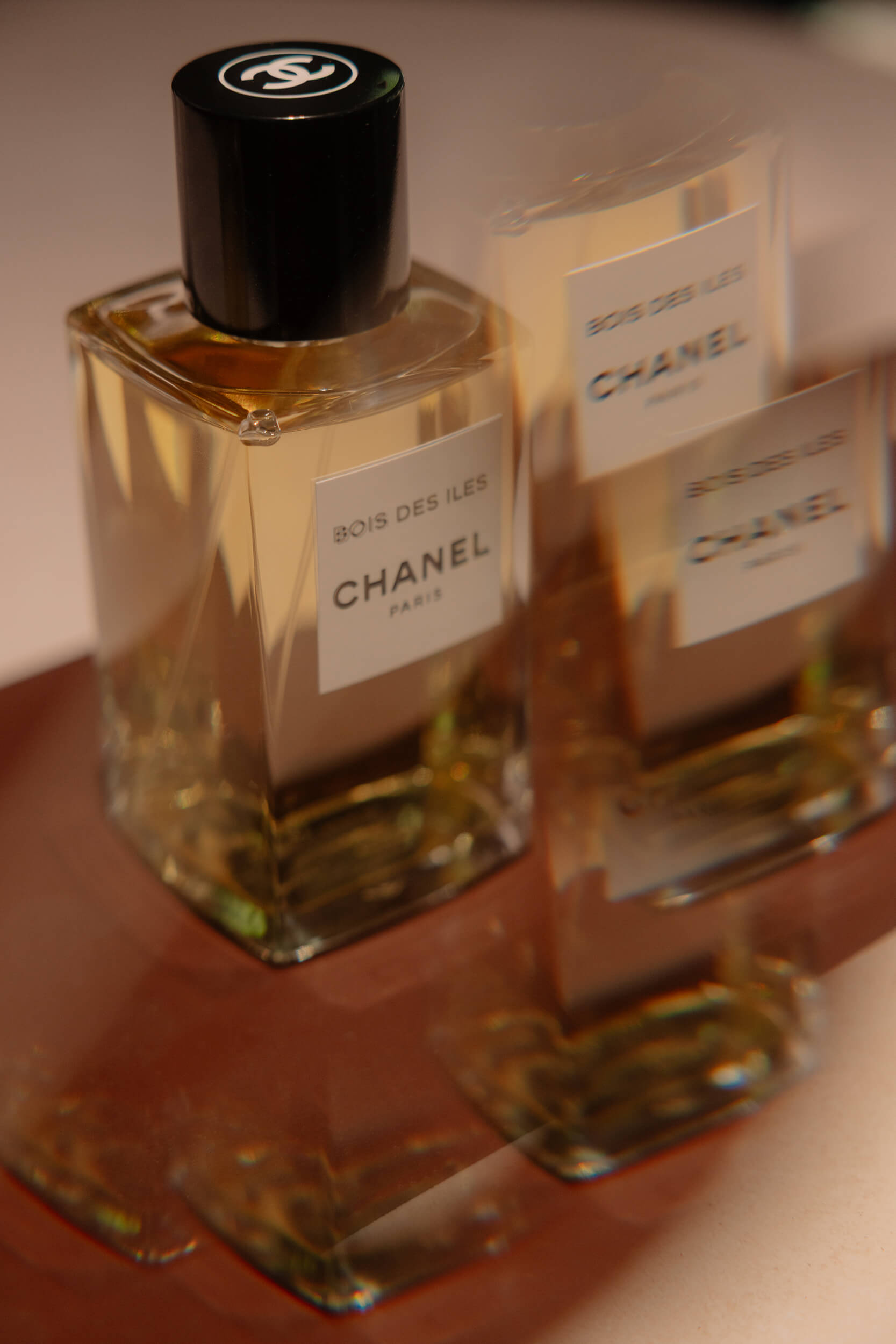
Inspired by Bois des Iles, we come to Égoïste, a fragrance that builds a strong identity around sandalwood.
A bold composition with strong personality. The freshness of mandarin and lightly spiced coriander gives way to warmer notes of Oriental rose. The combination of New Caledonian sandalwood, Madagascan vanilla, and ambrette seed creates a sensual fragrance.
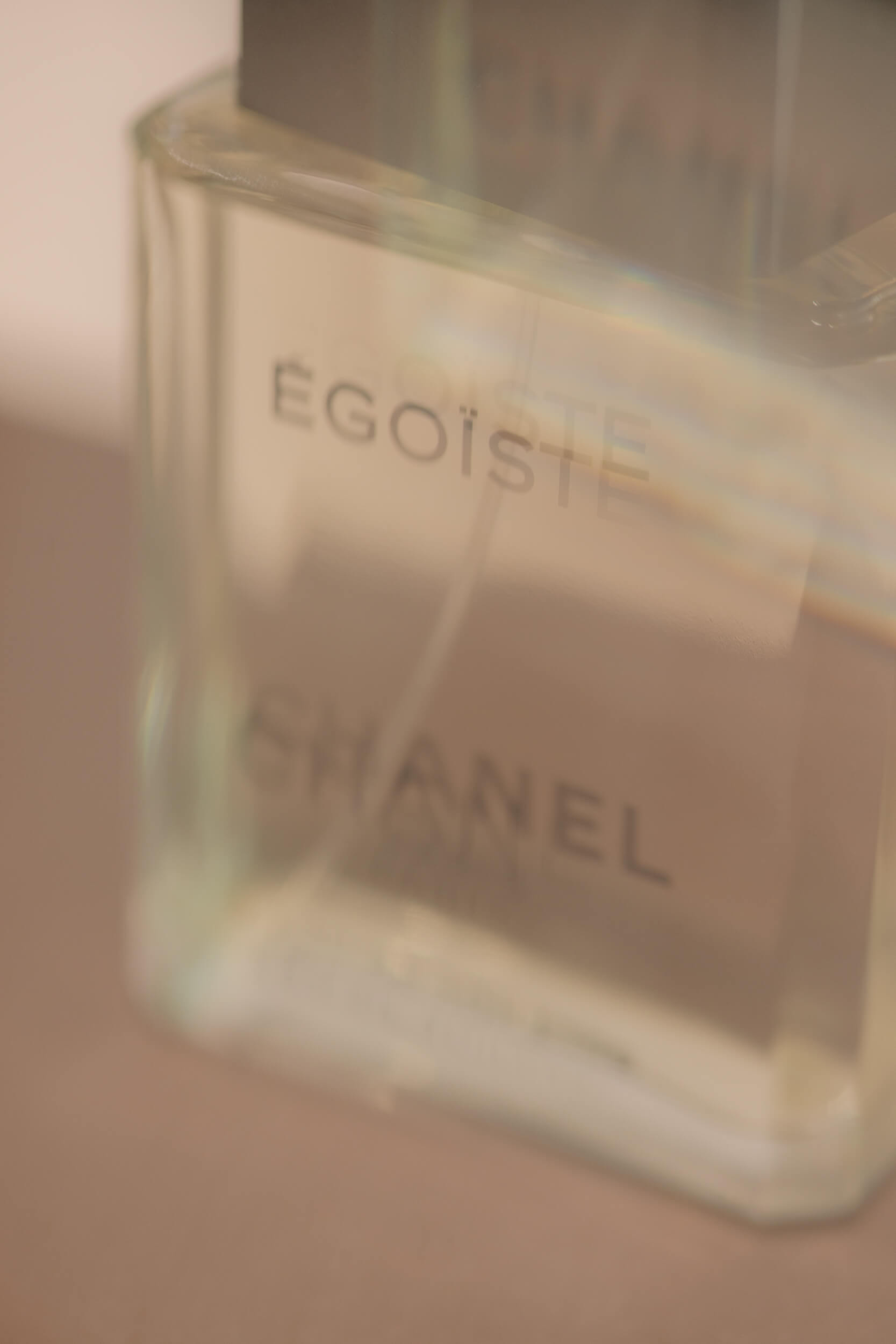
And then there’s the quintessential men’s fragrance, captured in a mysterious blue bottle: Bleu de Chanel. A tribute to freedom, it unfolds with seductive aromatic-woody notes. Here, the nobility of New Caledonian sandalwood meets amber-cedar notes and tonka bean.
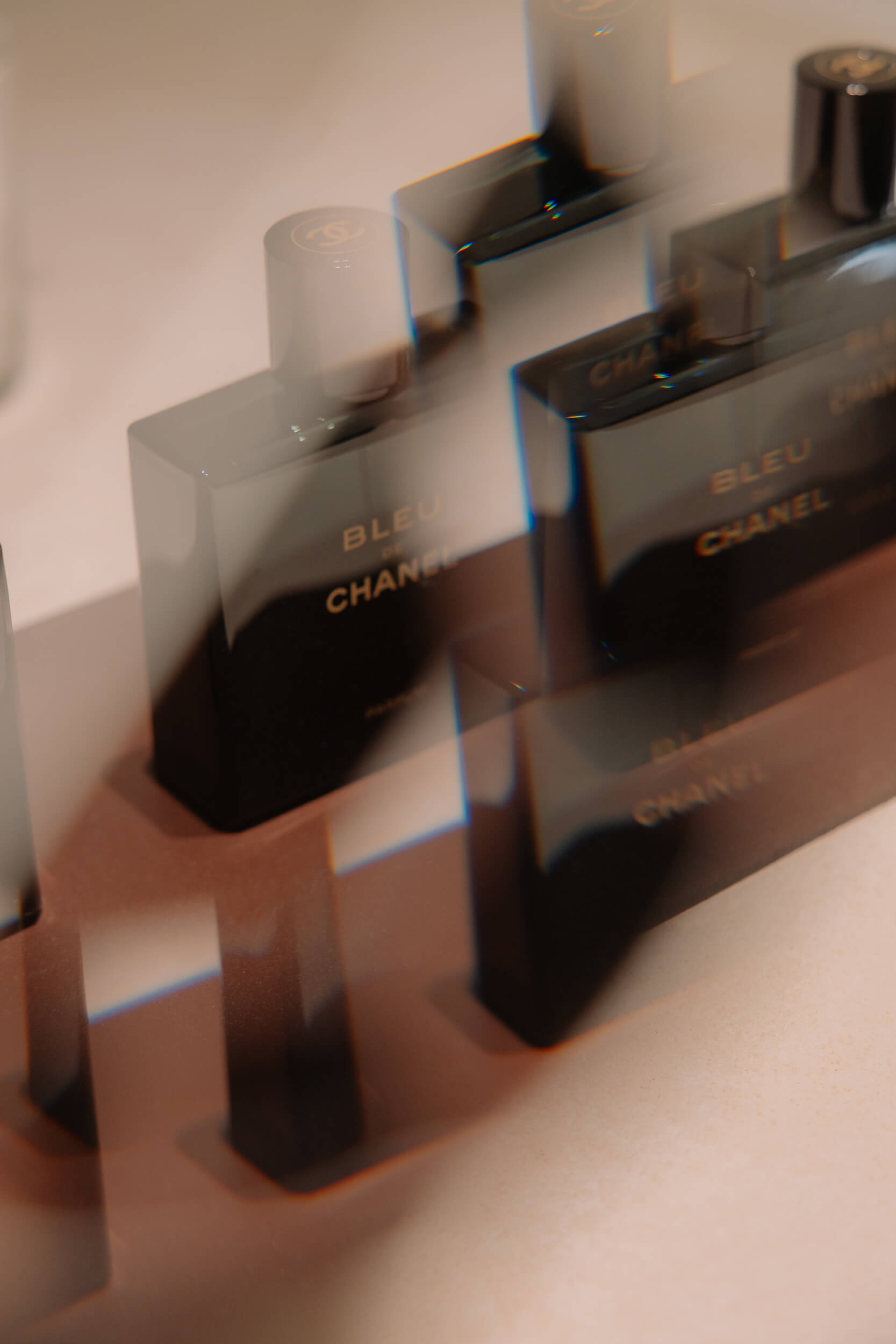
Finally, we arrive at the women’s fragrance Allure – a refined and elegant floral-fresh-oriental scent where sandalwood plays a central role. The composition blends the sparkle of mandarin, the sweetness of rose, and the sensuality of vanilla.
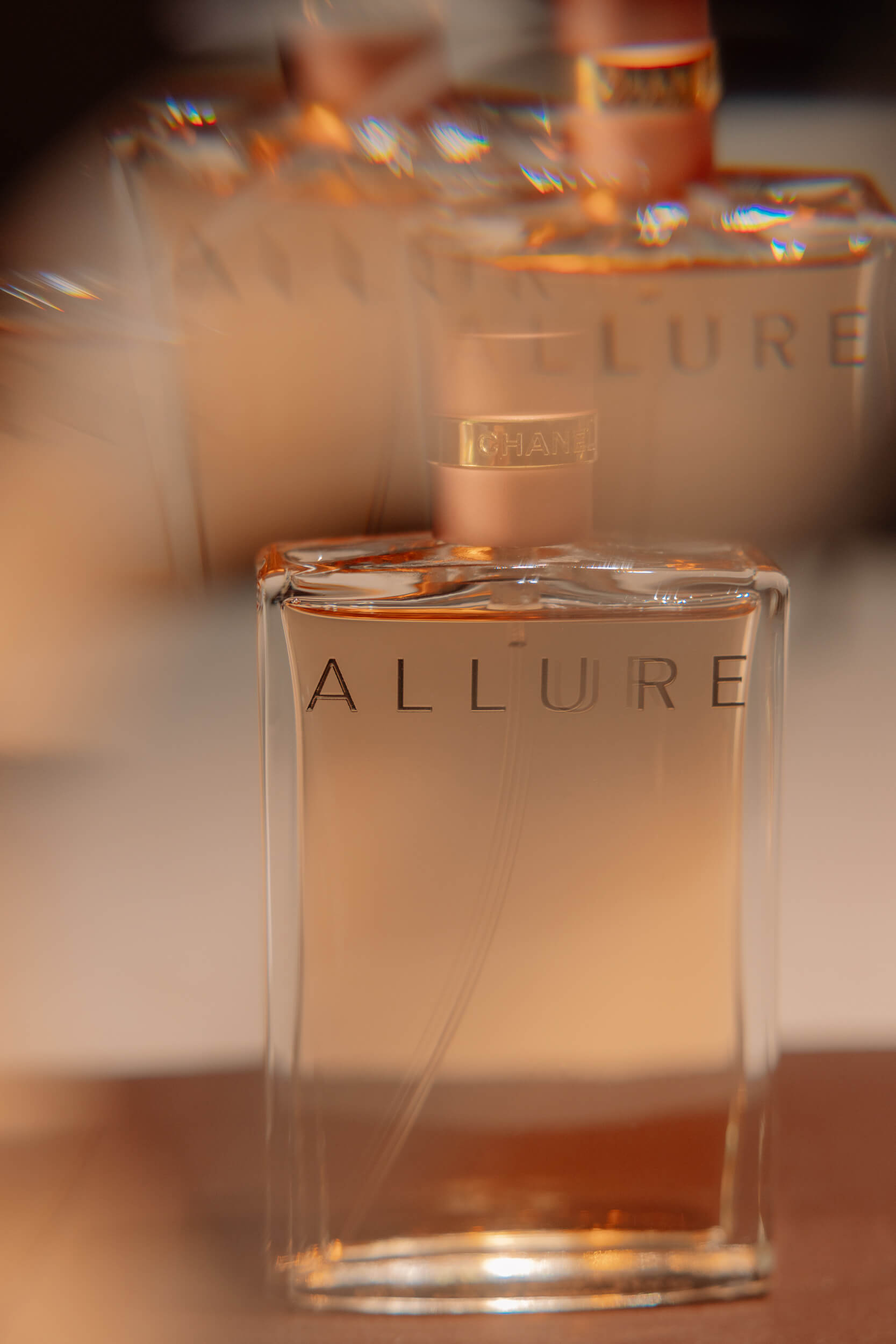
Our journey through the history and creations where sandalwood takes the spotlight was full of discoveries. Between stops, we had the pleasure of chatting with Giotto and delving deeper into his relationship with perfume, one of memories and enveloping notes, like a hug.
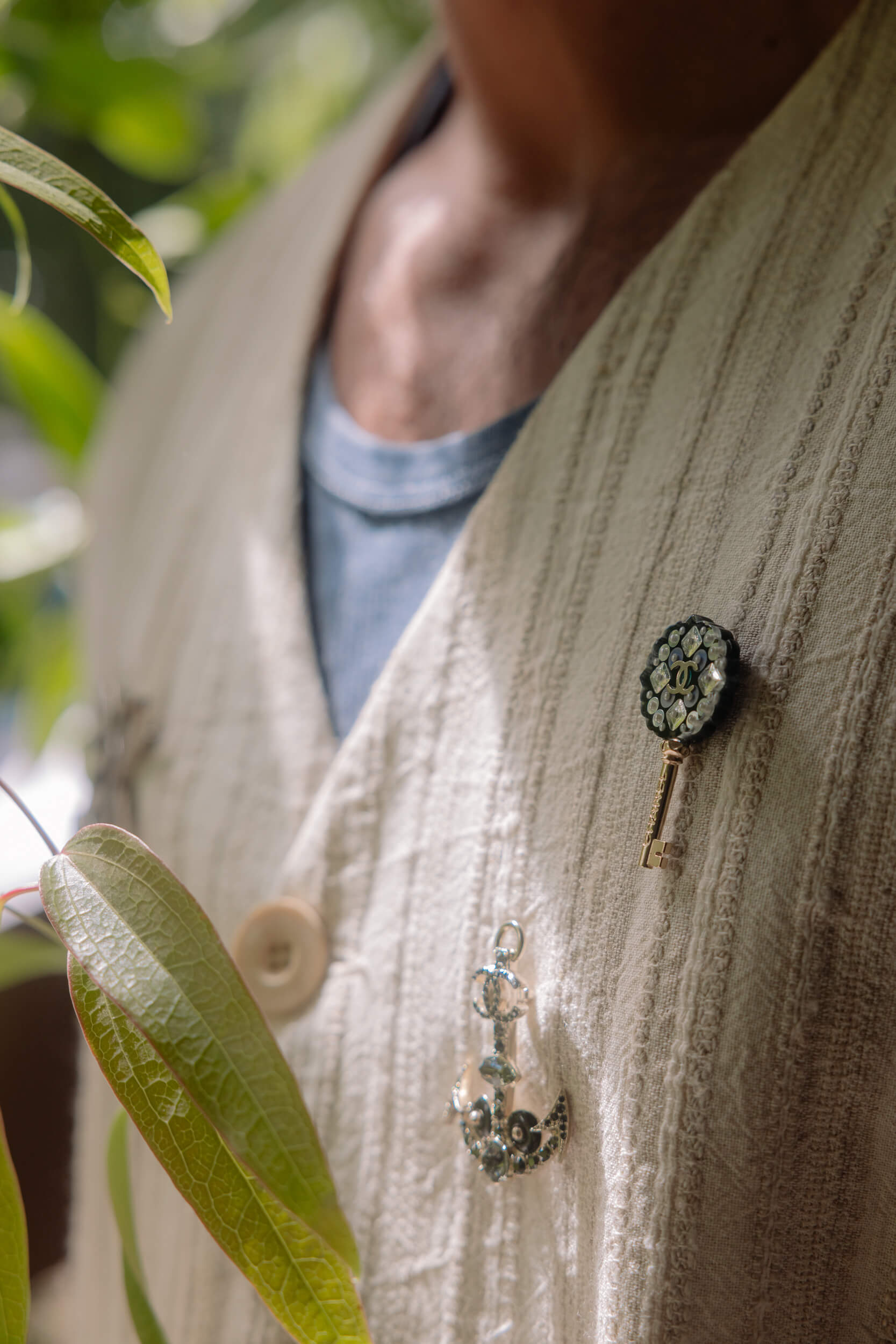

We’re here at Jardins Jardin with Chanel, exploring sandalwood, its cultivation, and how it’s used in Chanel’s creations. Which of Chanel’s fragrances containing this ingredient struck you the most?
Definitely, the fragrance that struck me the most was Allure. Actually, more than striking me – it’s a memory. That scent reminds me of my mother. So, I immediately thought of her and my childhood by the sea.

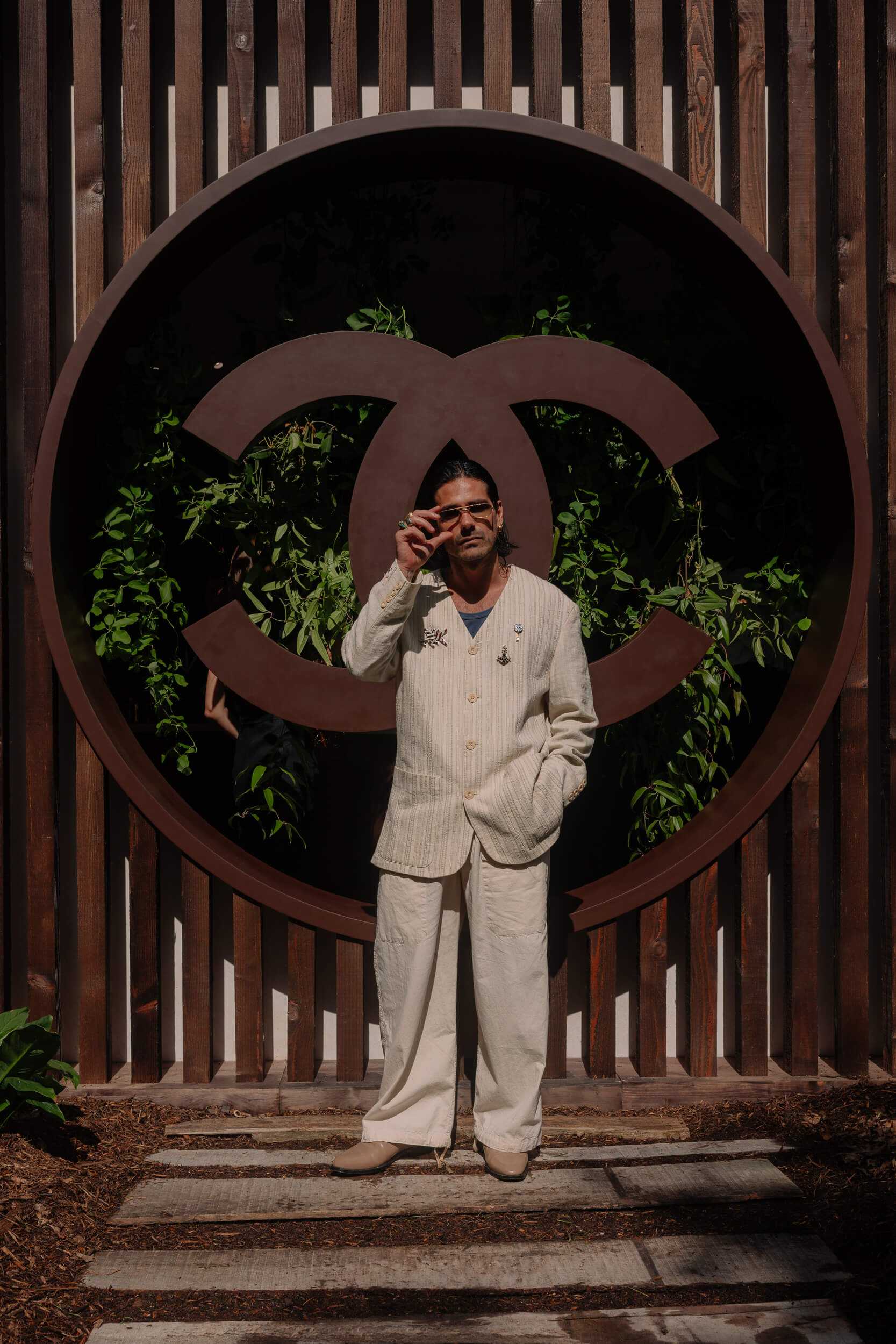

What role does perfume play in your life?
Perfume plays a fundamental role in my life. I believe fragrance is our soul, our identity, our personality – our calling card. Like a handshake, it says a lot about who you are.
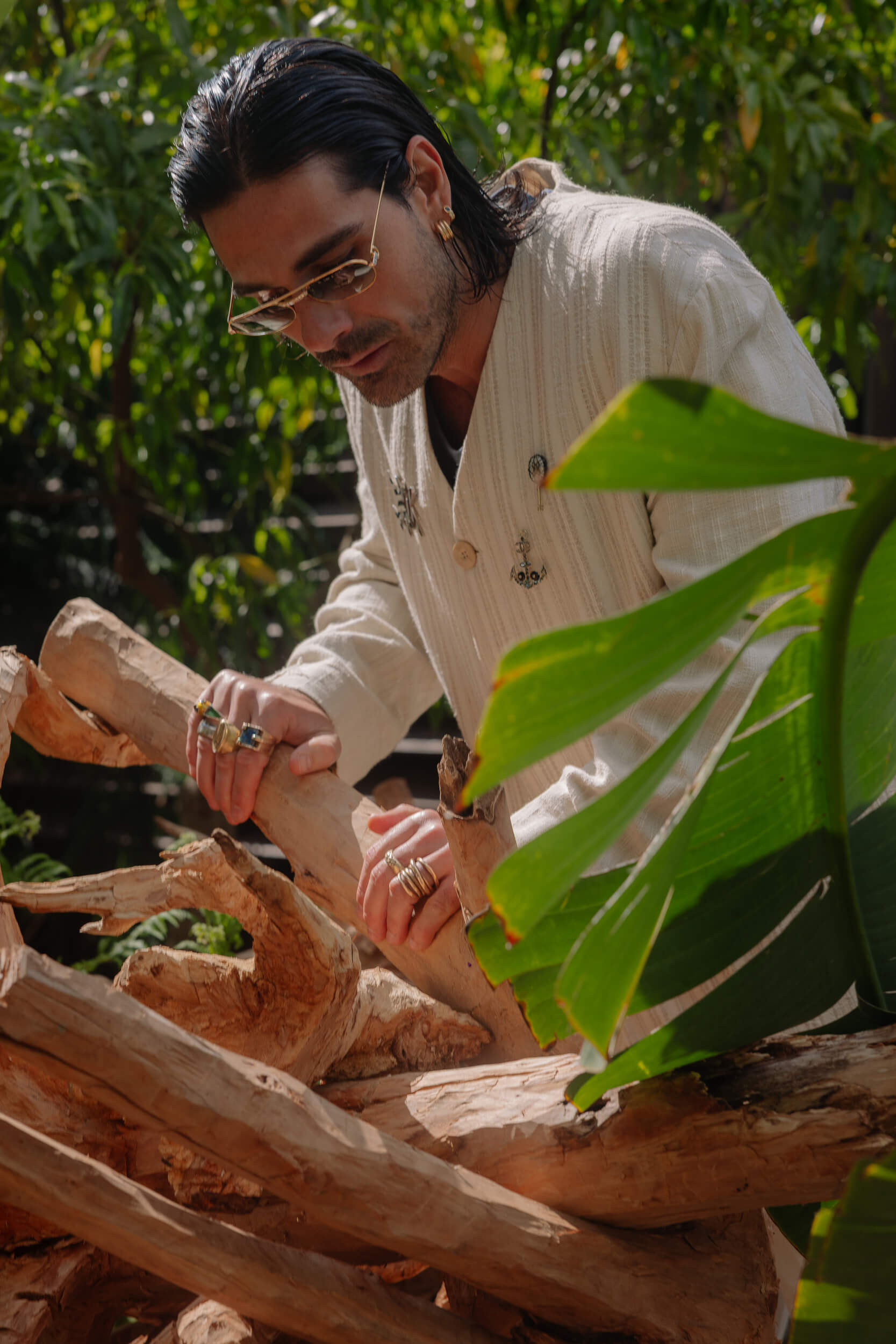
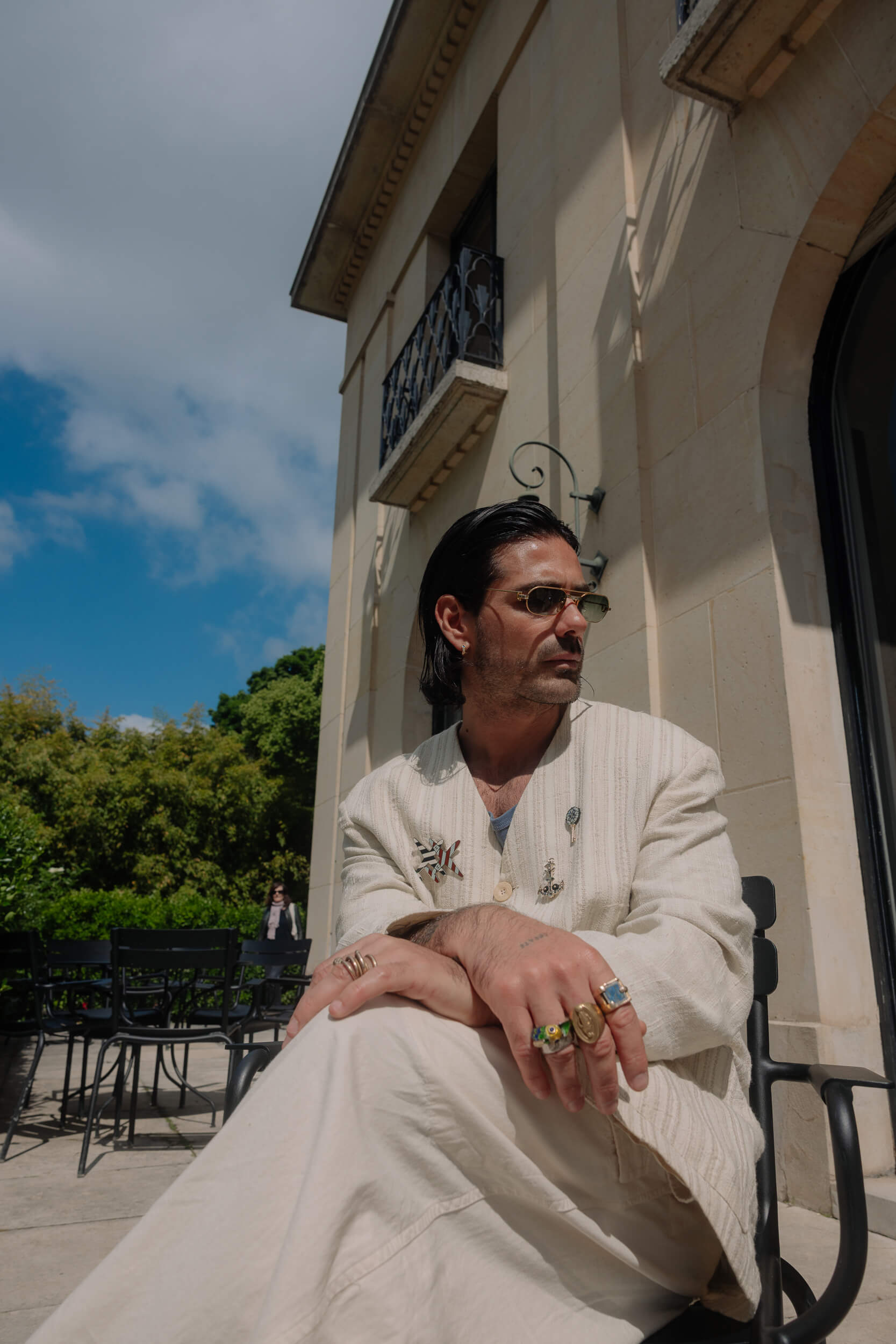
“I believe fragrance is our soul“
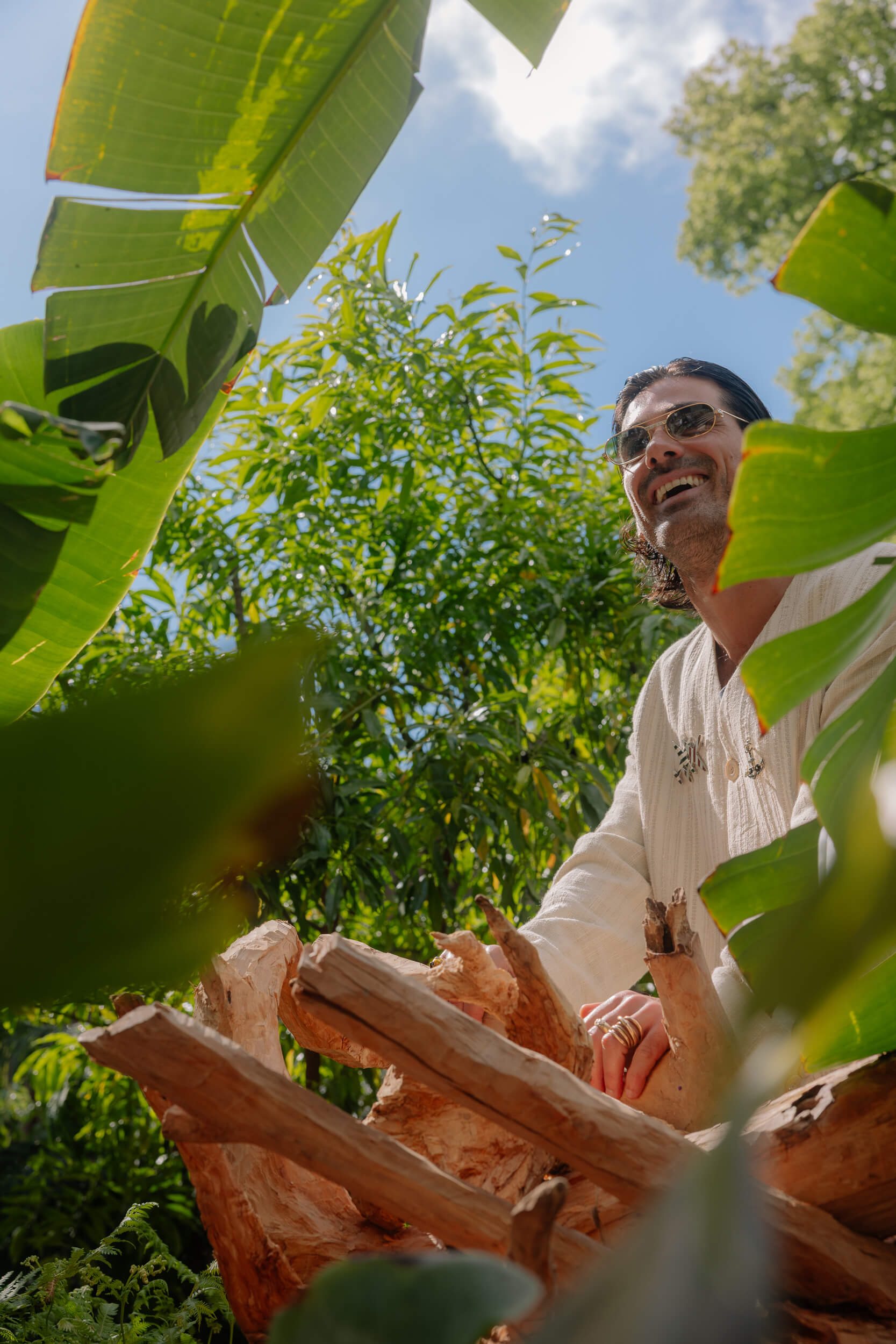
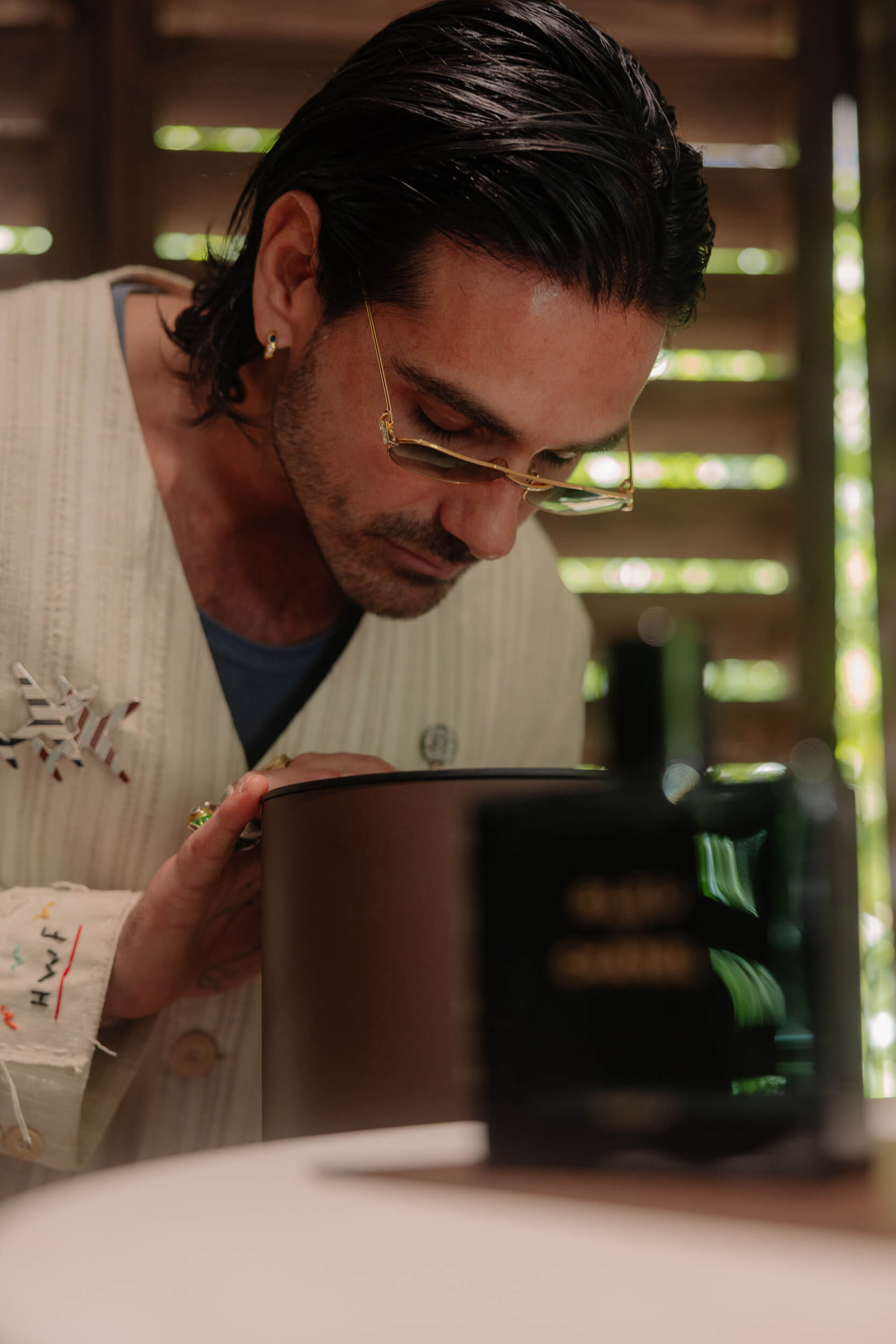
Chanel stands for elegance and refinement, but also strong and intense accords. What notes do you prefer in a fragrance – those that represent you the most?
The notes I love most in a fragrance are those that feel like a soft hug: smoky notes, bold and characterful scents, or soft ones like a caress. Vanilla, sandalwood, incense – those are the notes that represent me and that immediately captivate my senses when I encounter them.
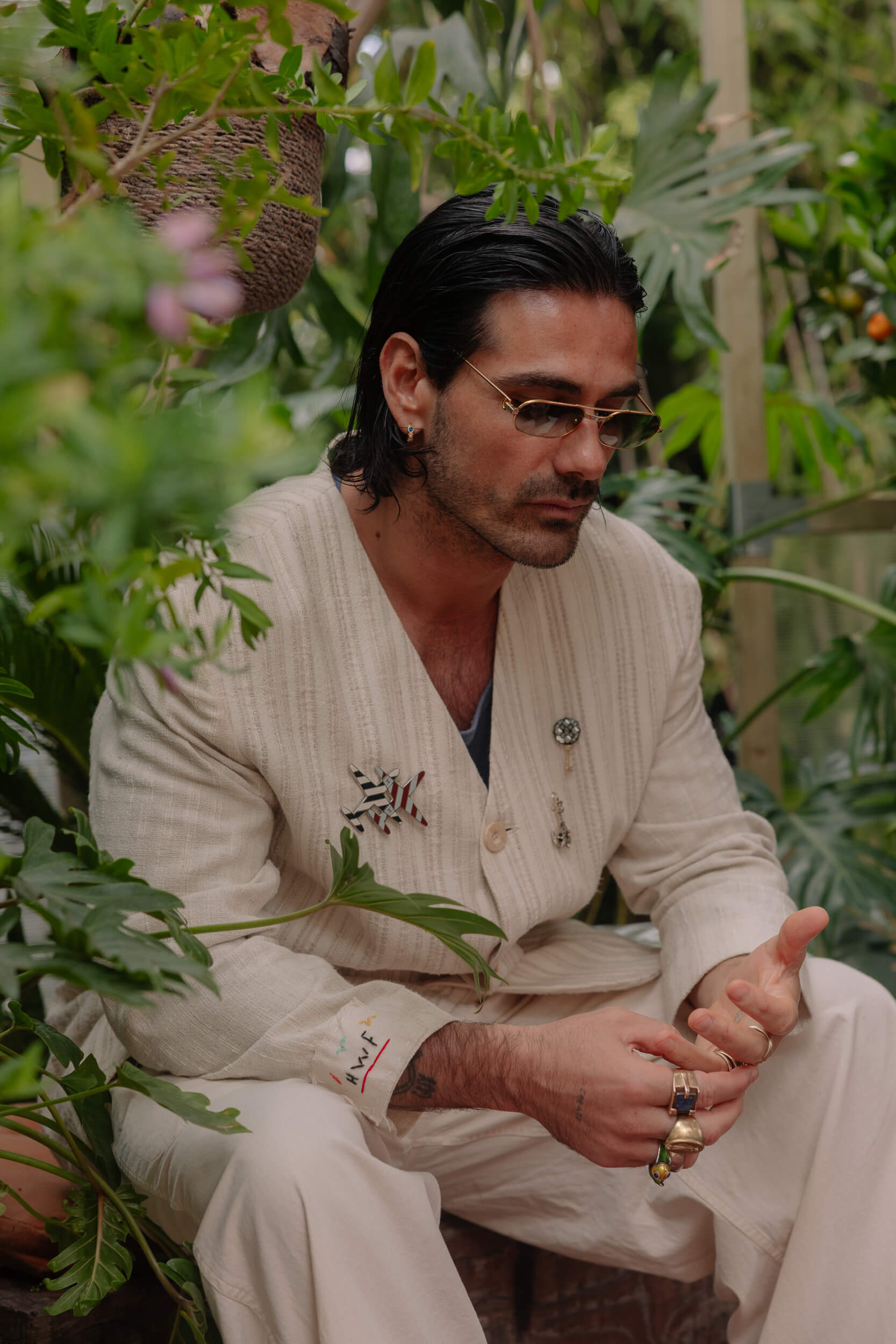
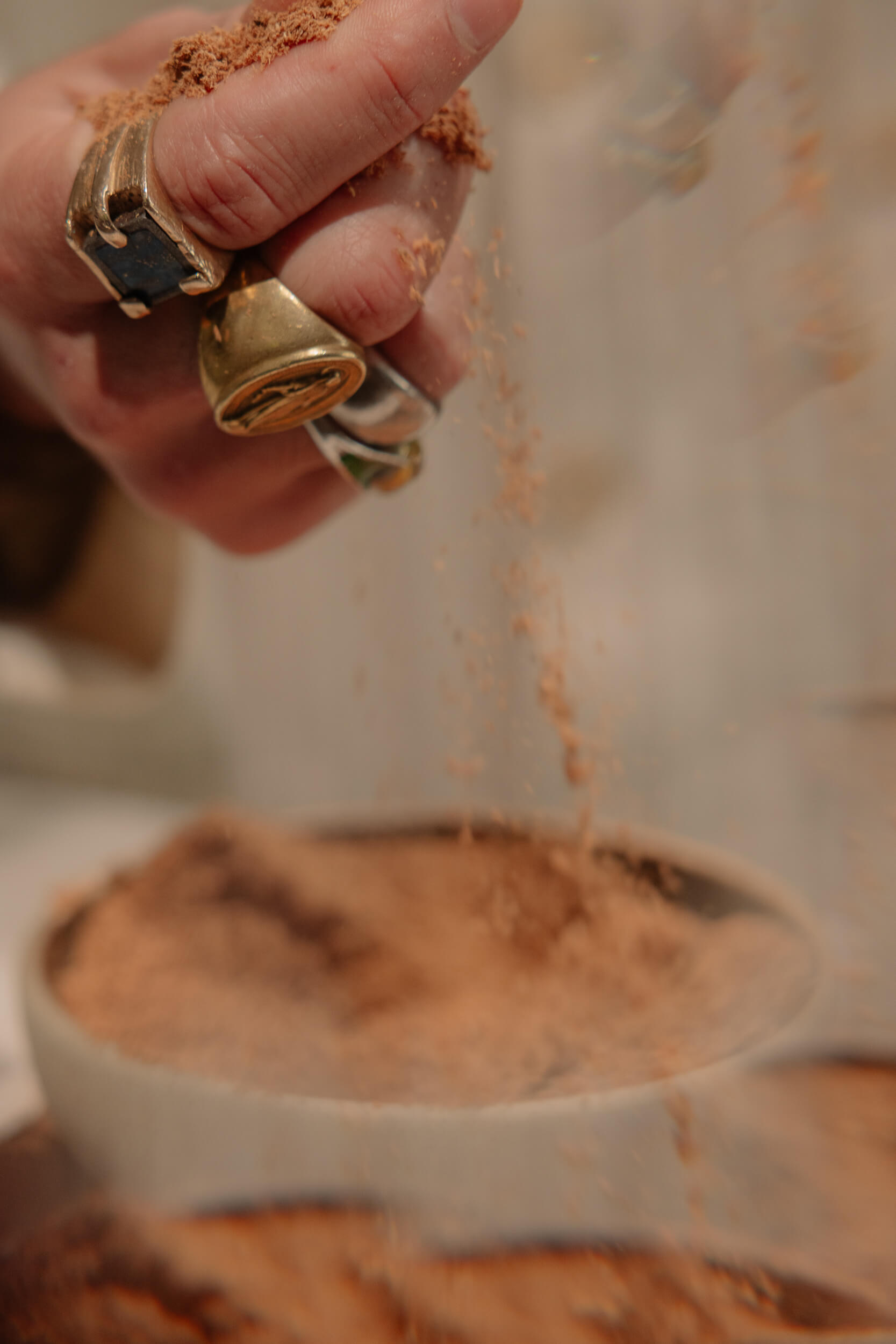
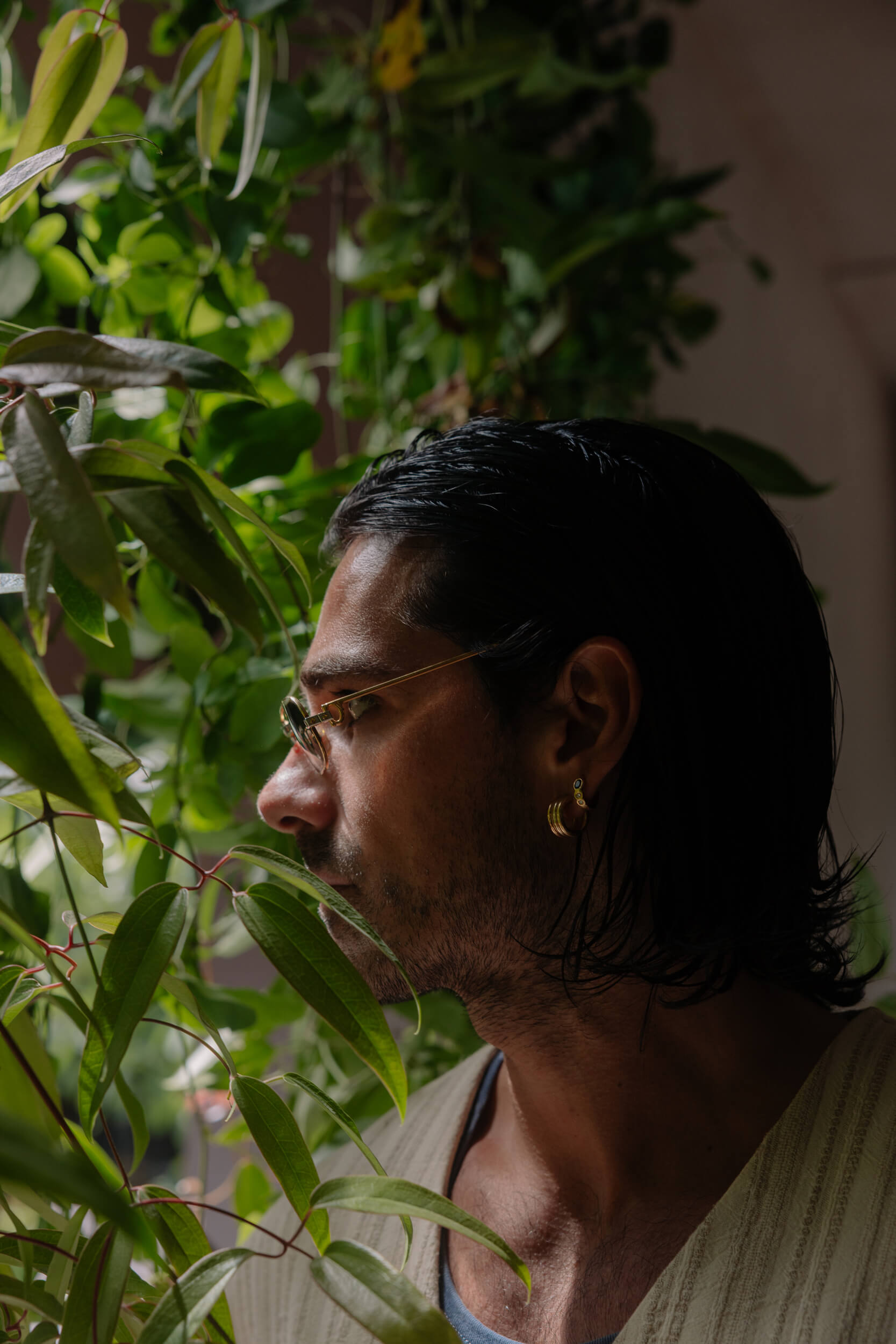
Wearing a fragrance can sometimes be the final touch to a look, sometimes a shield, or something that suddenly makes us feel better. How has your relationship with perfume evolved over time?
Wearing a fragrance is like the final touch before stepping out. It’s essential. My relationship with perfume has evolved with me: when I was young, I didn’t care about it, didn’t understand its importance, wasn’t passionate about it. Then, as I grew up, my sense of smell and taste matured too. It’s been a beautiful journey – from not caring at all to becoming increasingly curious to discover ∫ that reflect me, depending on the stage of life I’m in.
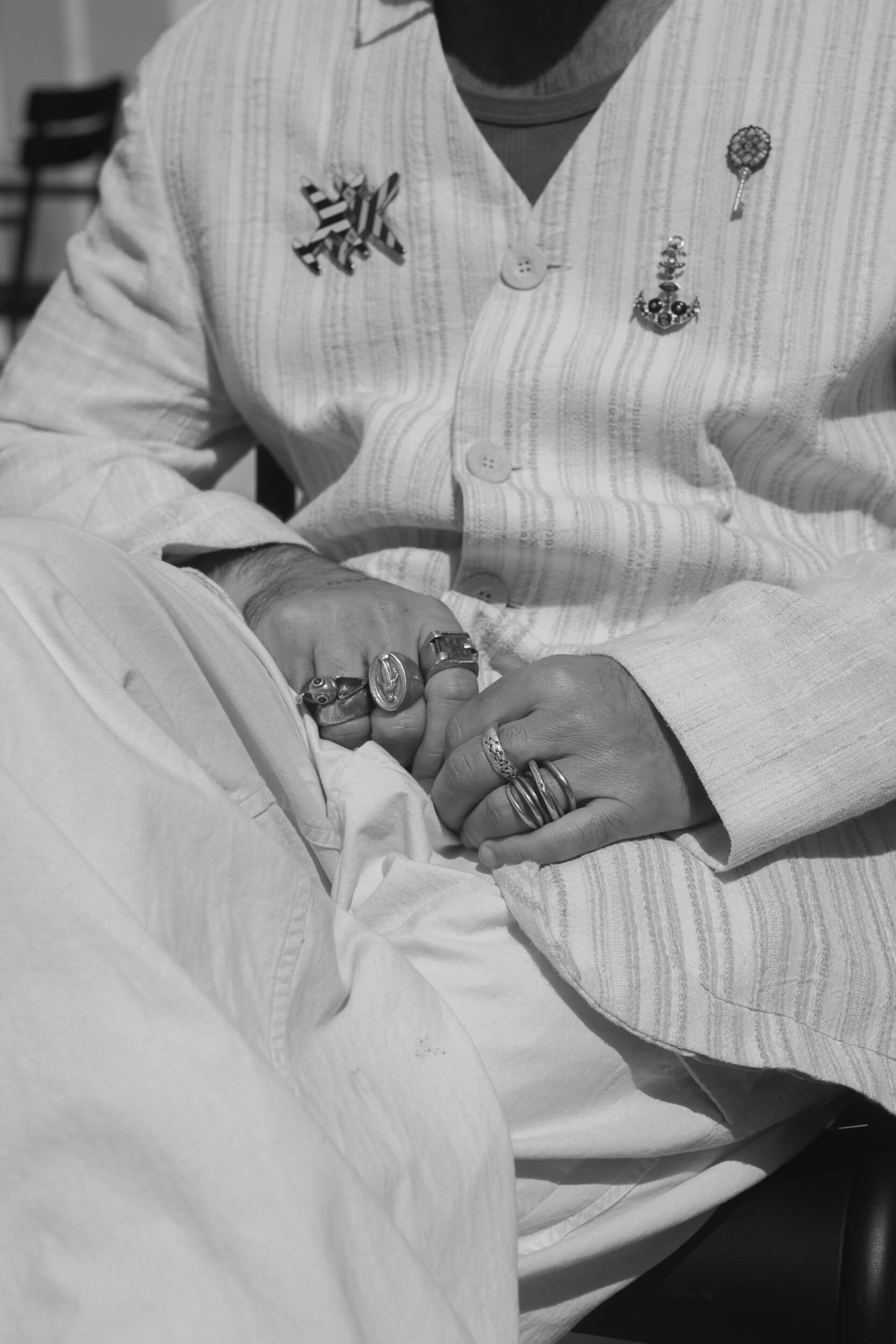
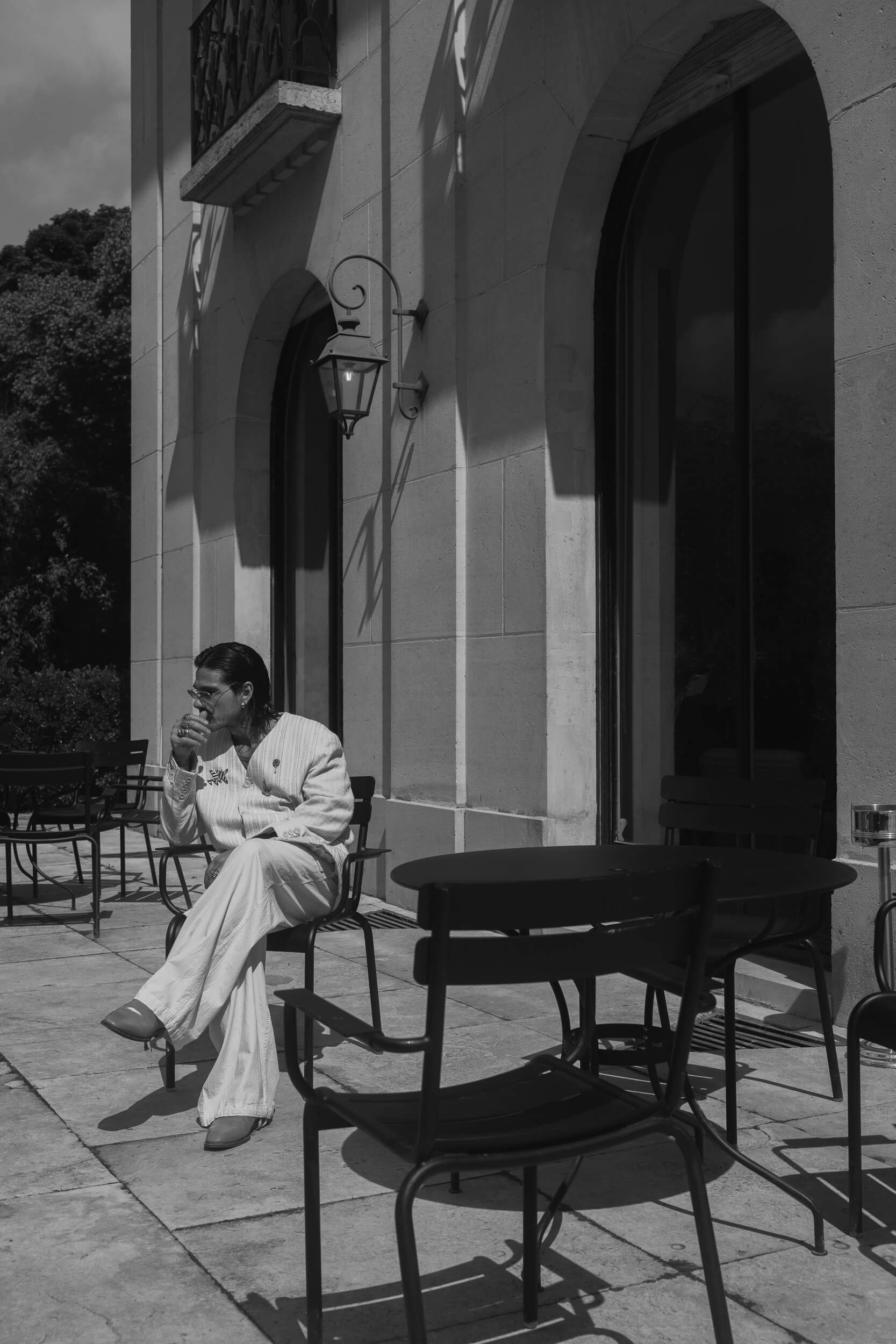
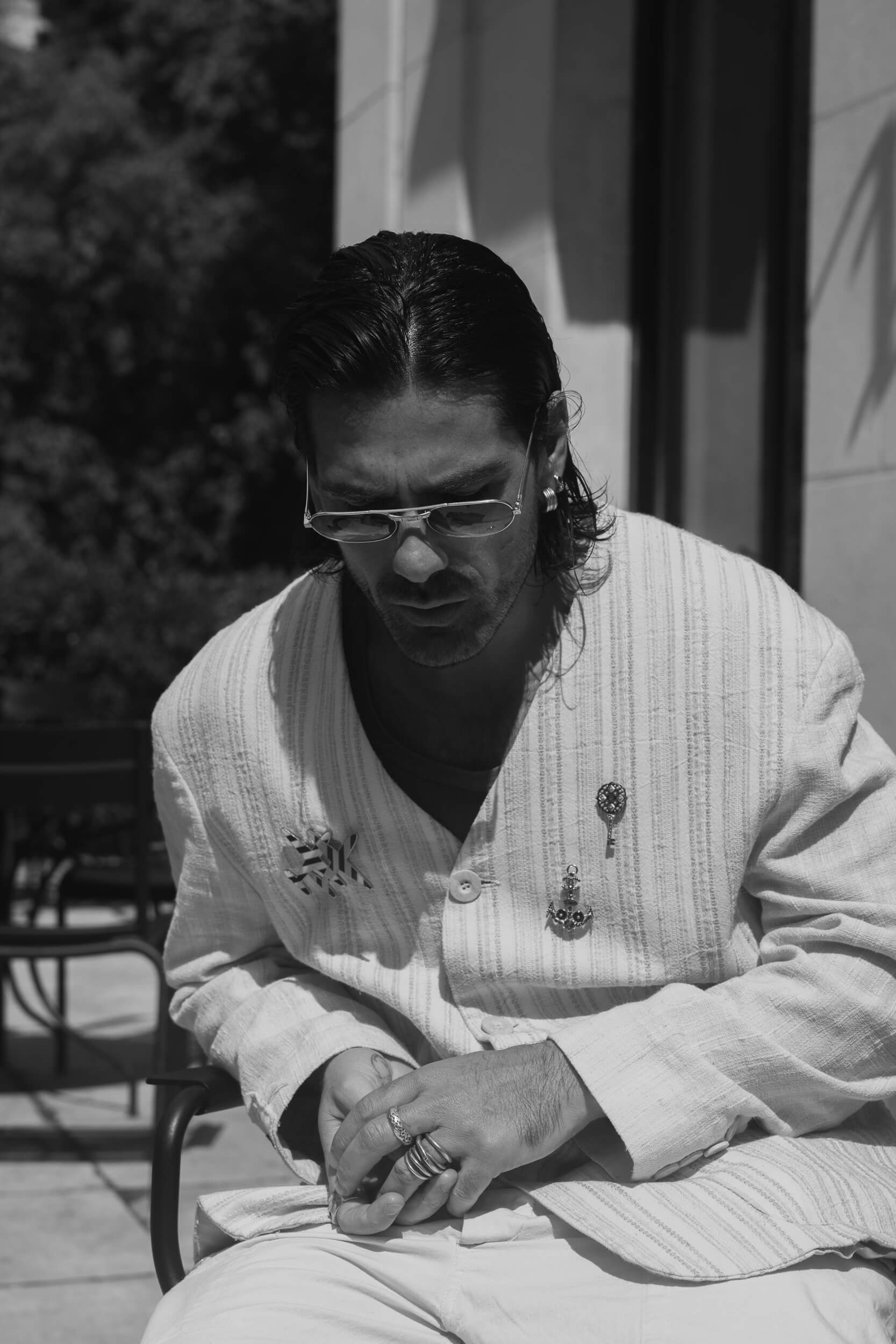
“Wearing a fragrance is like the final touch before stepping out. It’s essential.”
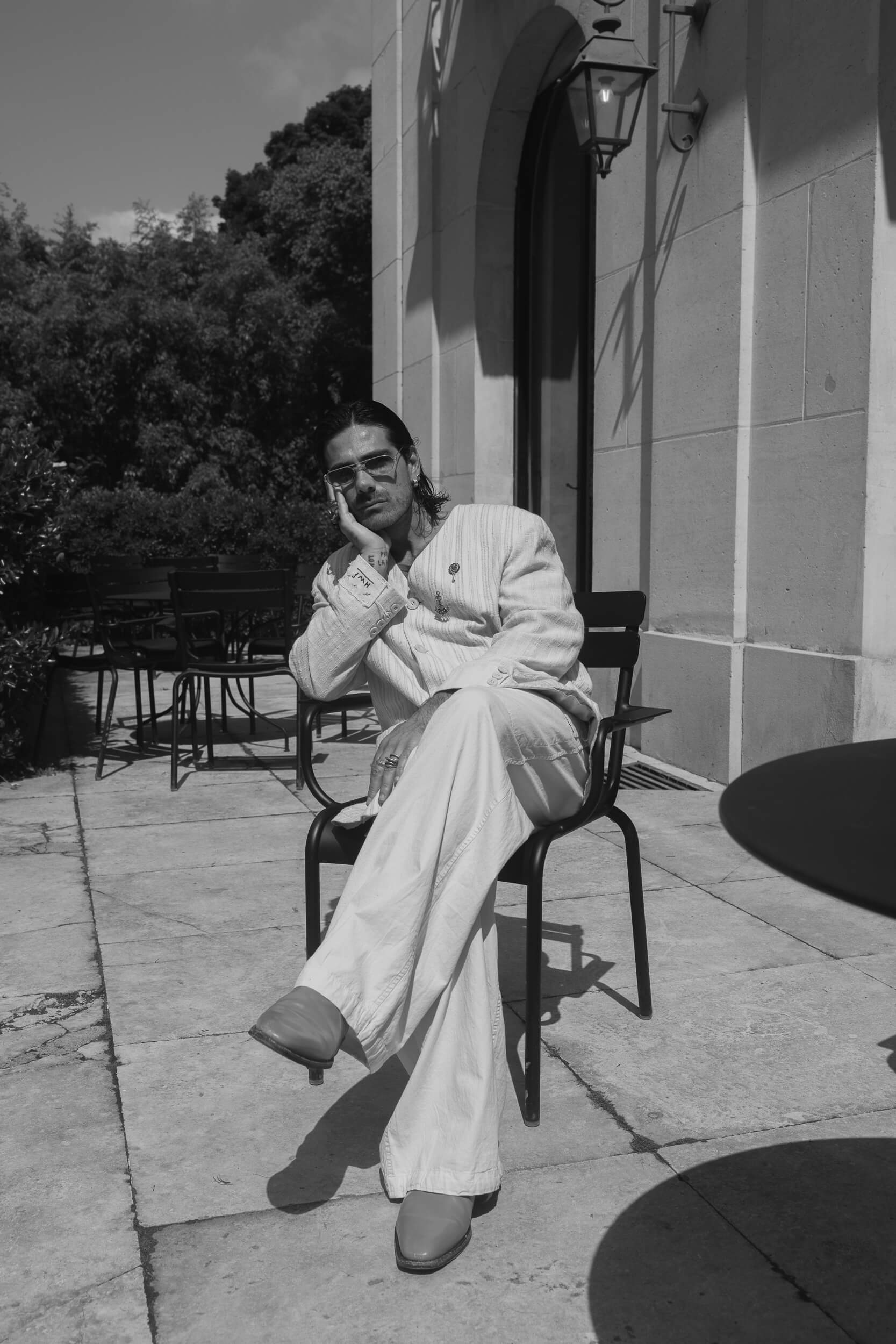
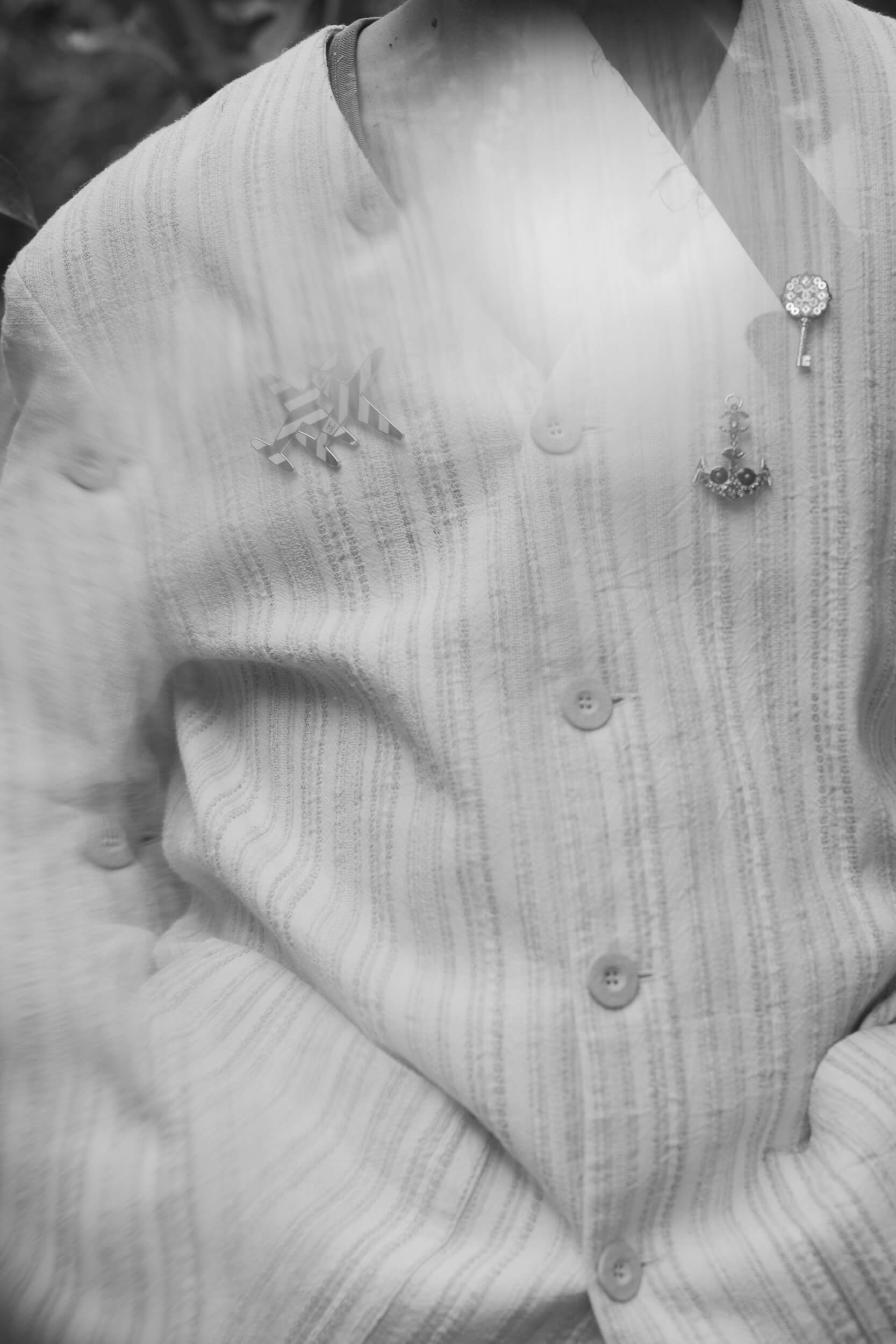
Fragrances and memories are often connected. Which scent is a part of your life – perhaps your daily routine – that you cherish the most?
Allure reminds me of my mother, as I mentioned – of my childhood and family. Bleu de Chanel was one of the first perfumes I ever used, back when I was a teenager. I was drawn to the bottle, to the campaign. It reminds me of my teenage years, my desire to explore, to know, my curiosity and attention to detail.
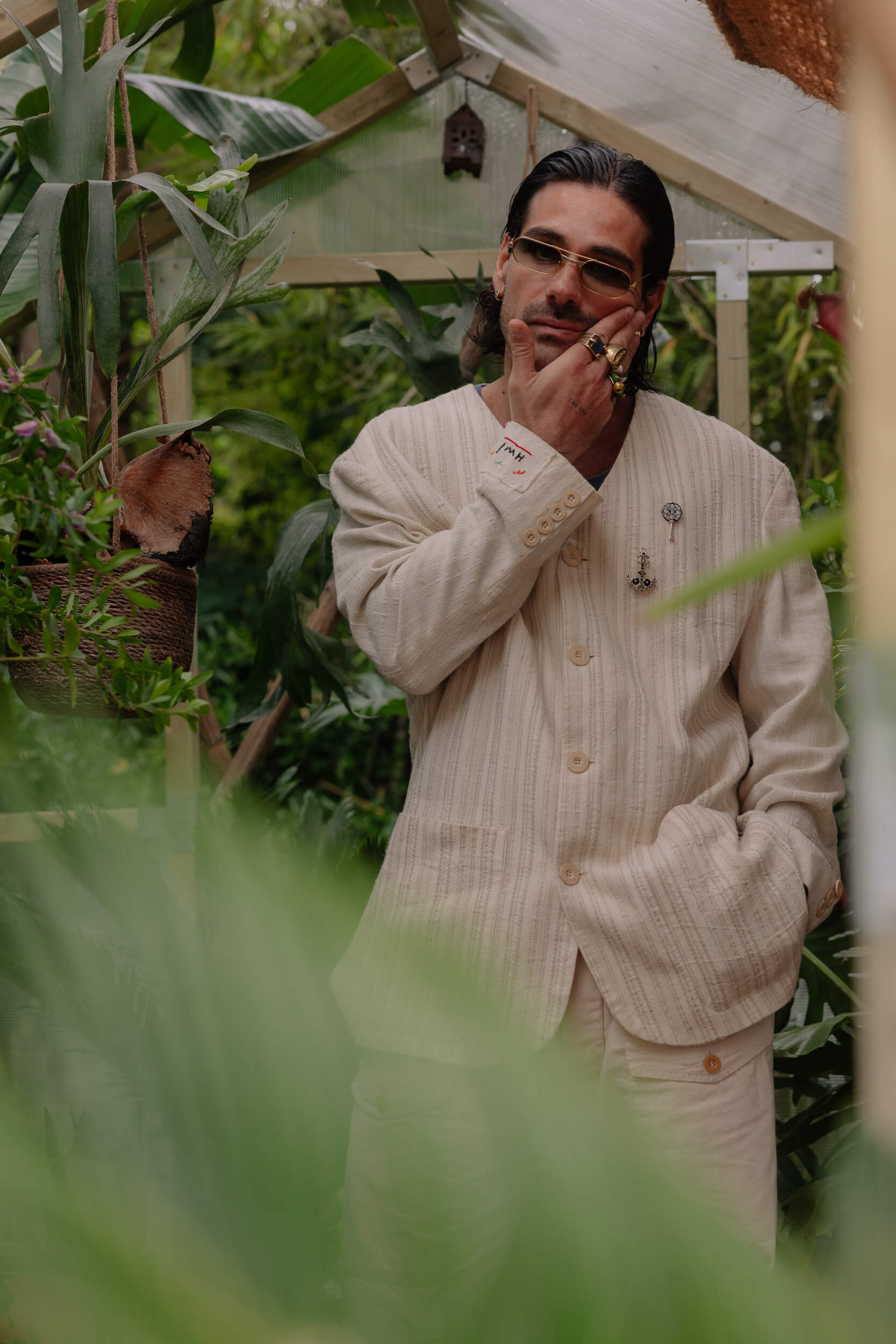
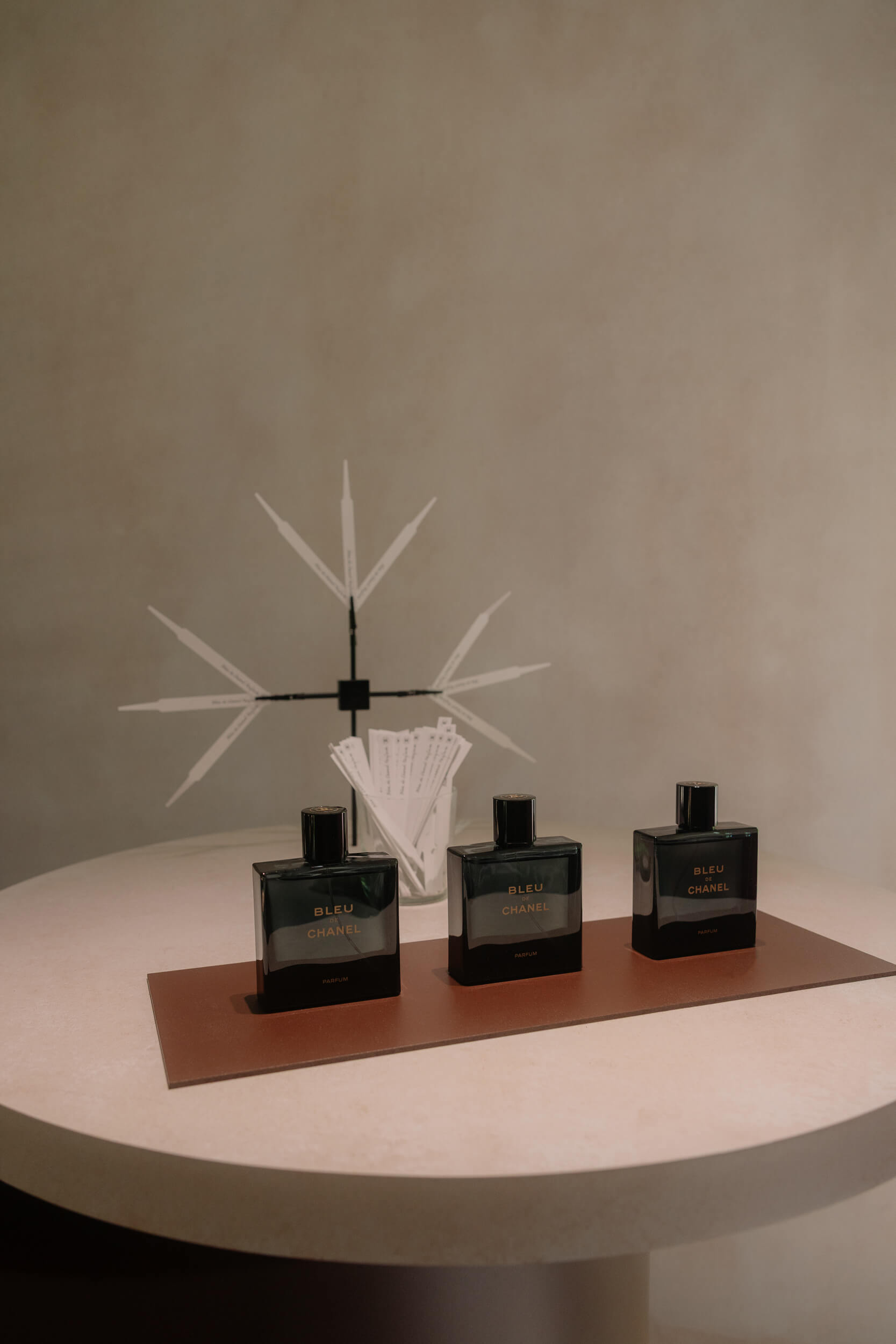
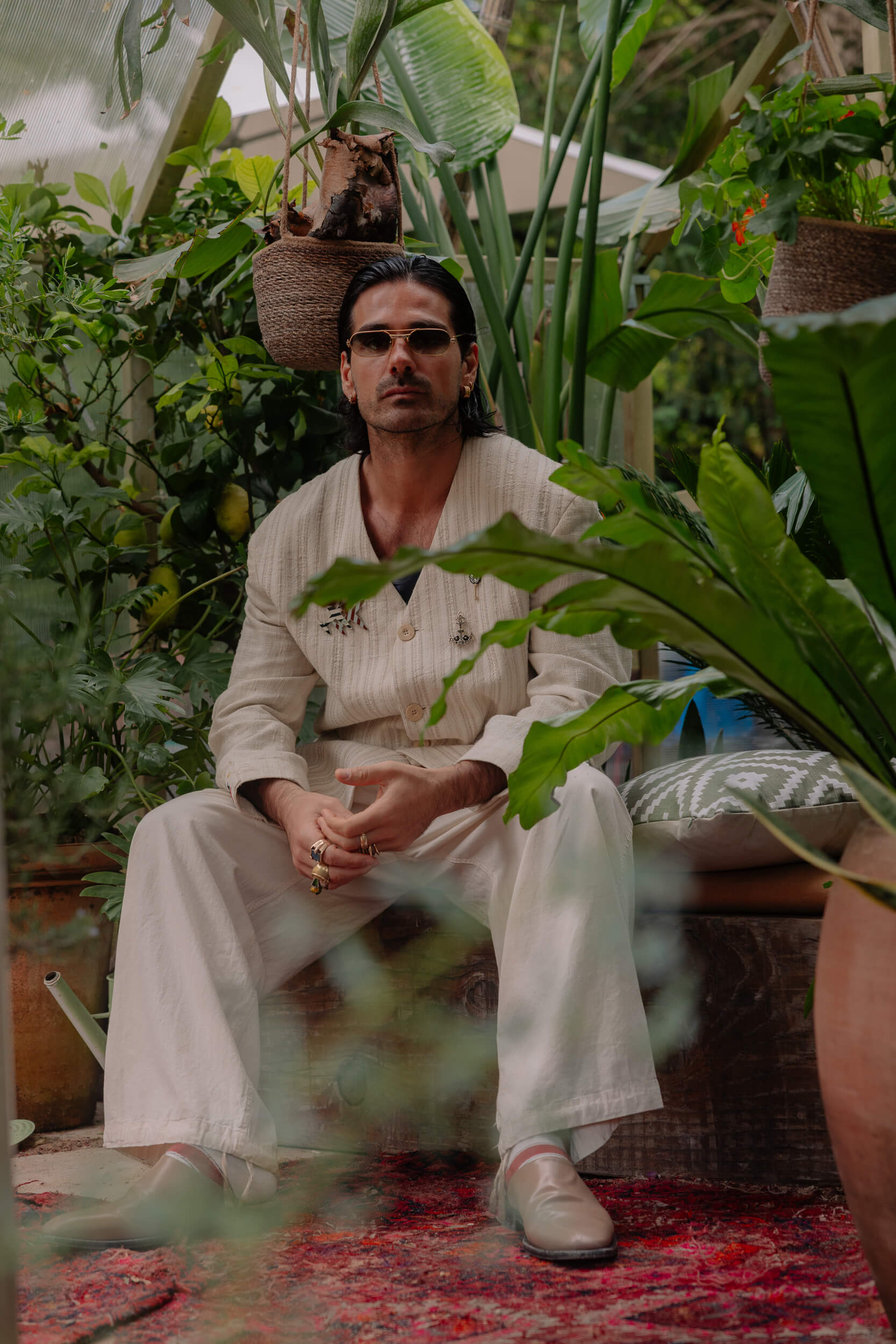
What is your “happy place”?
My happy place will be the next one I visit.
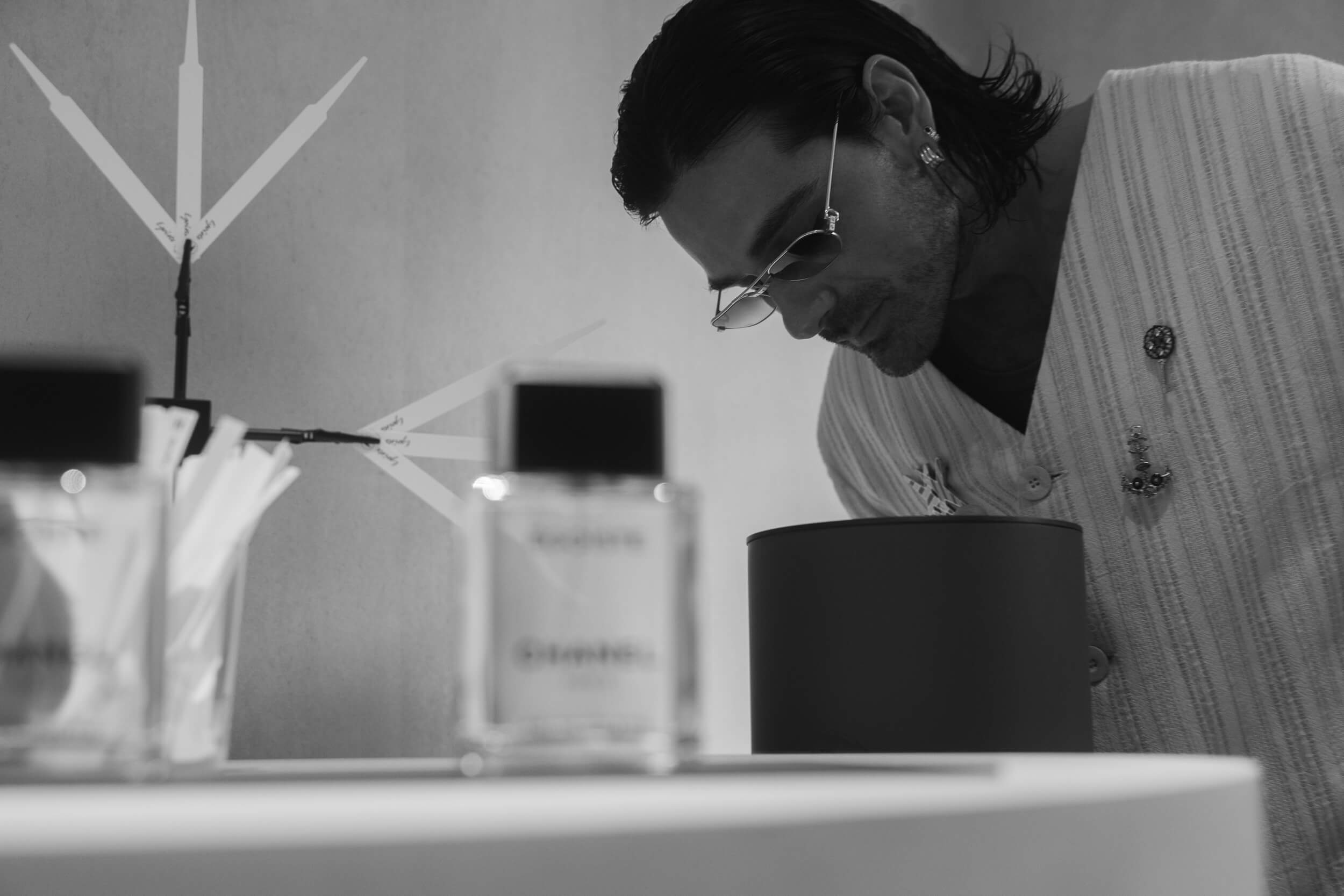
Thanks to Chanel Beauty.

